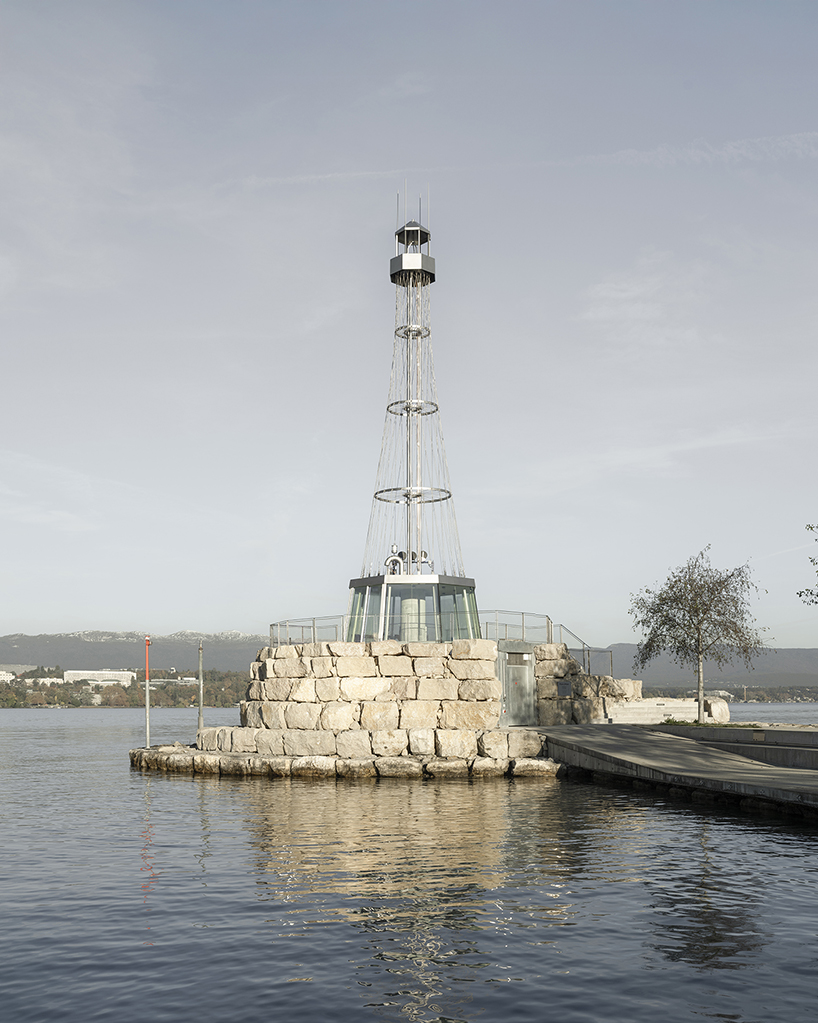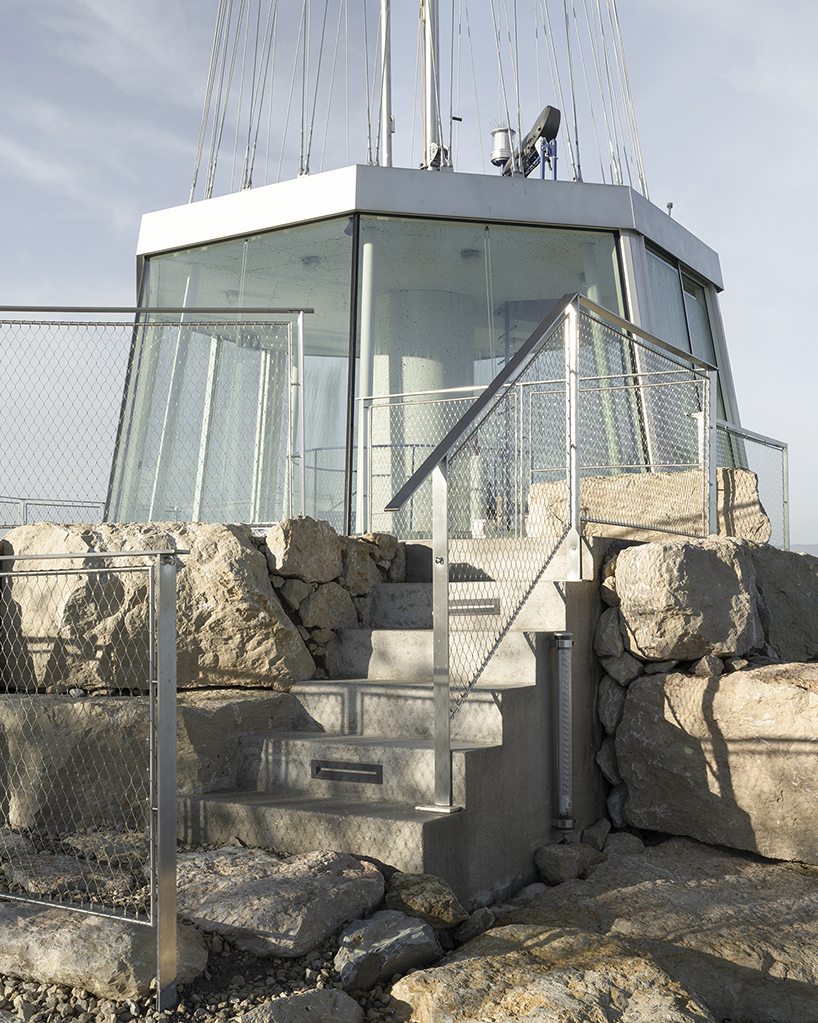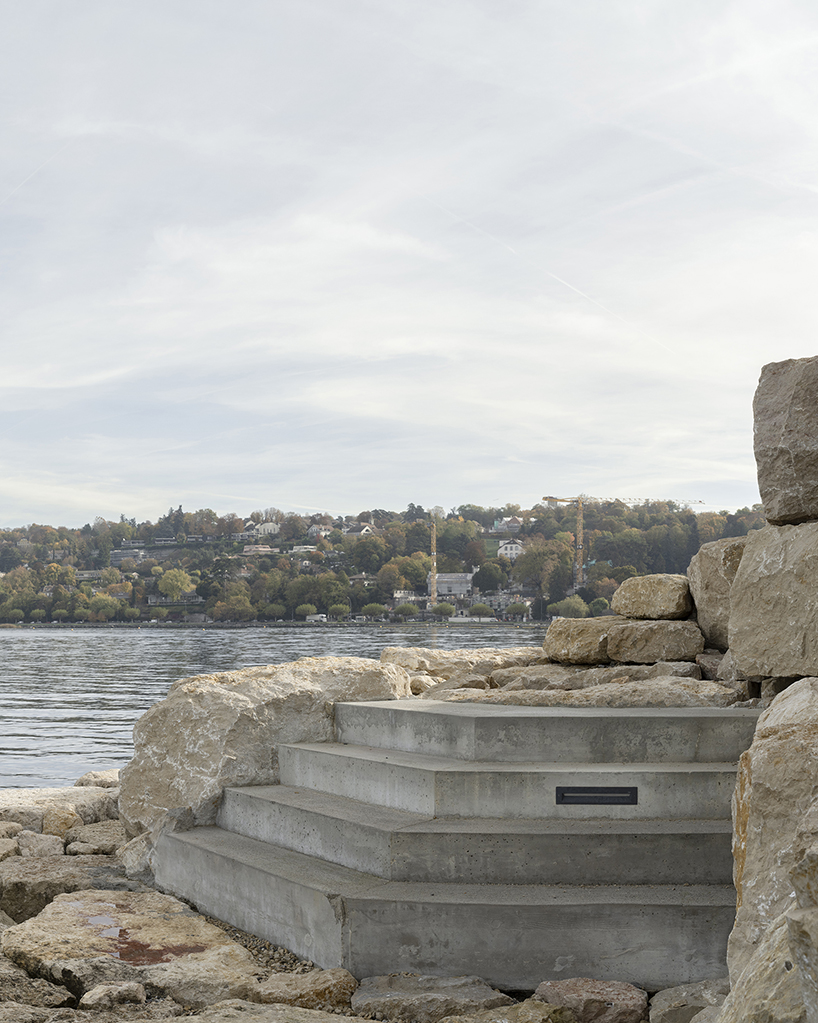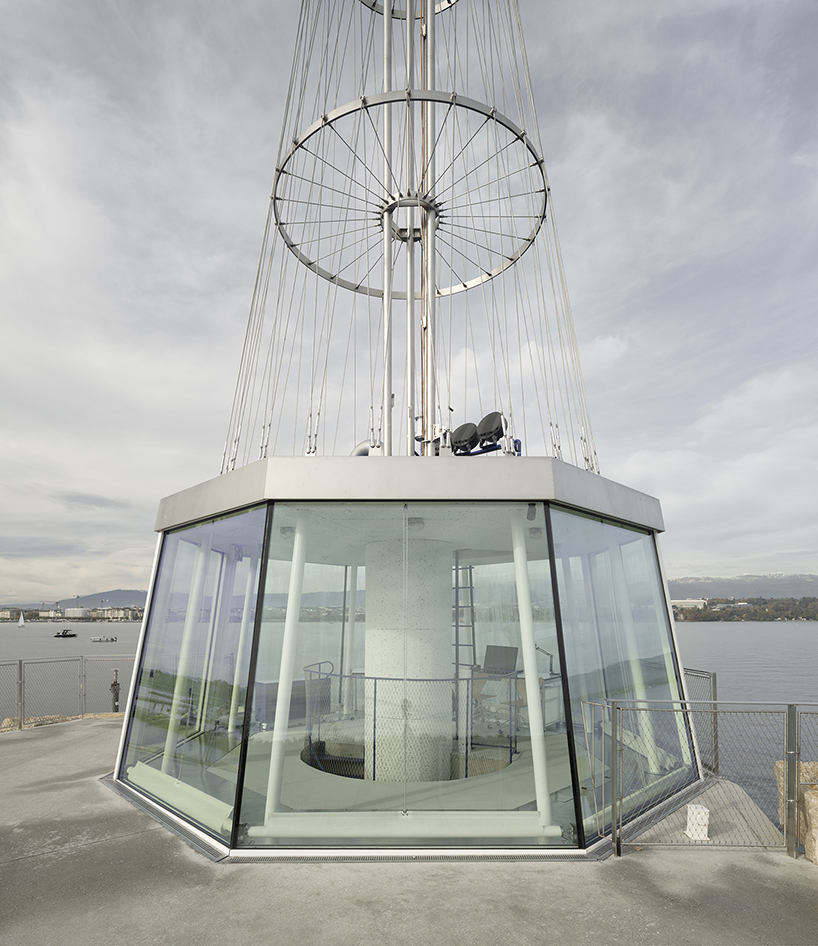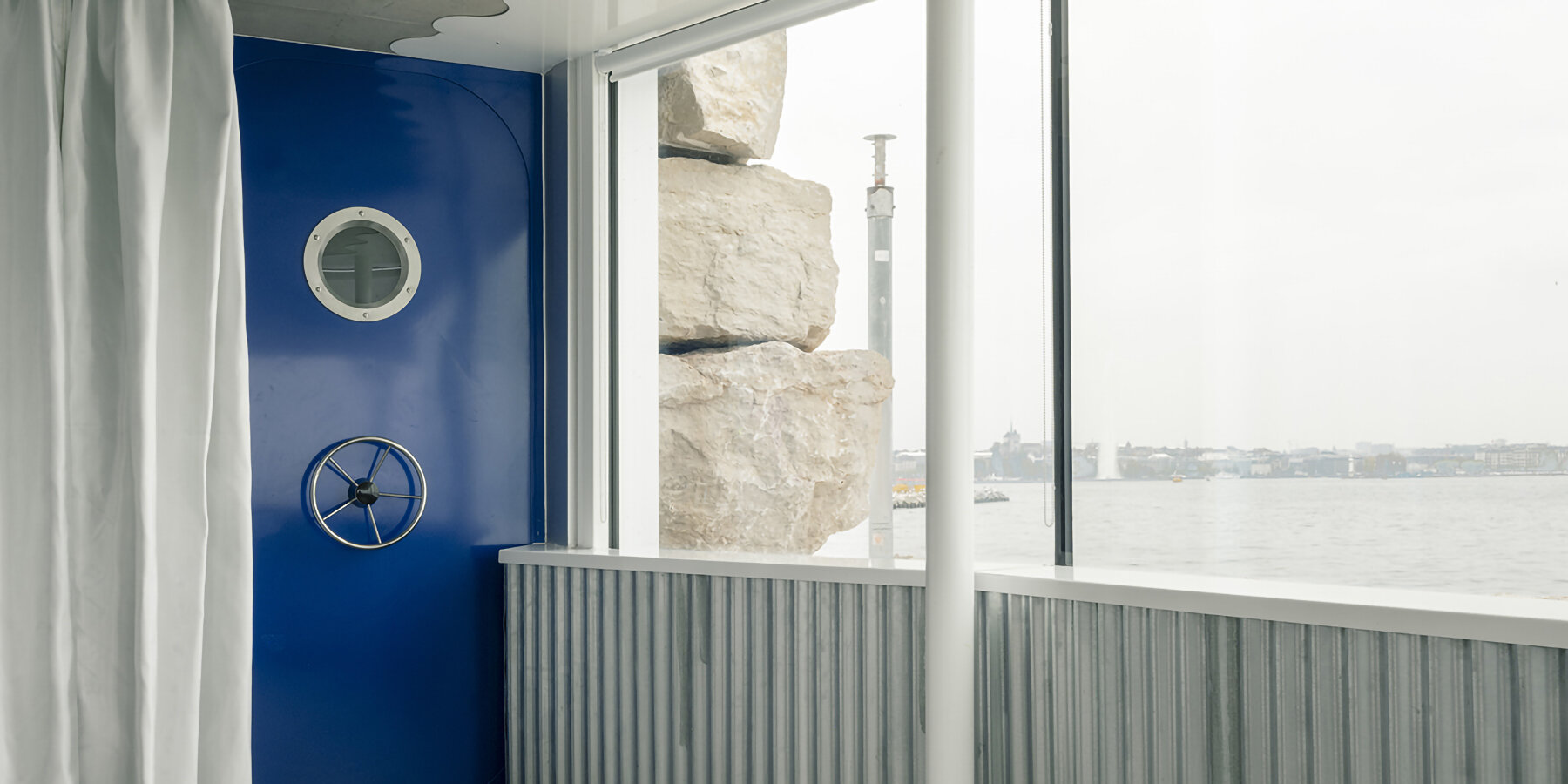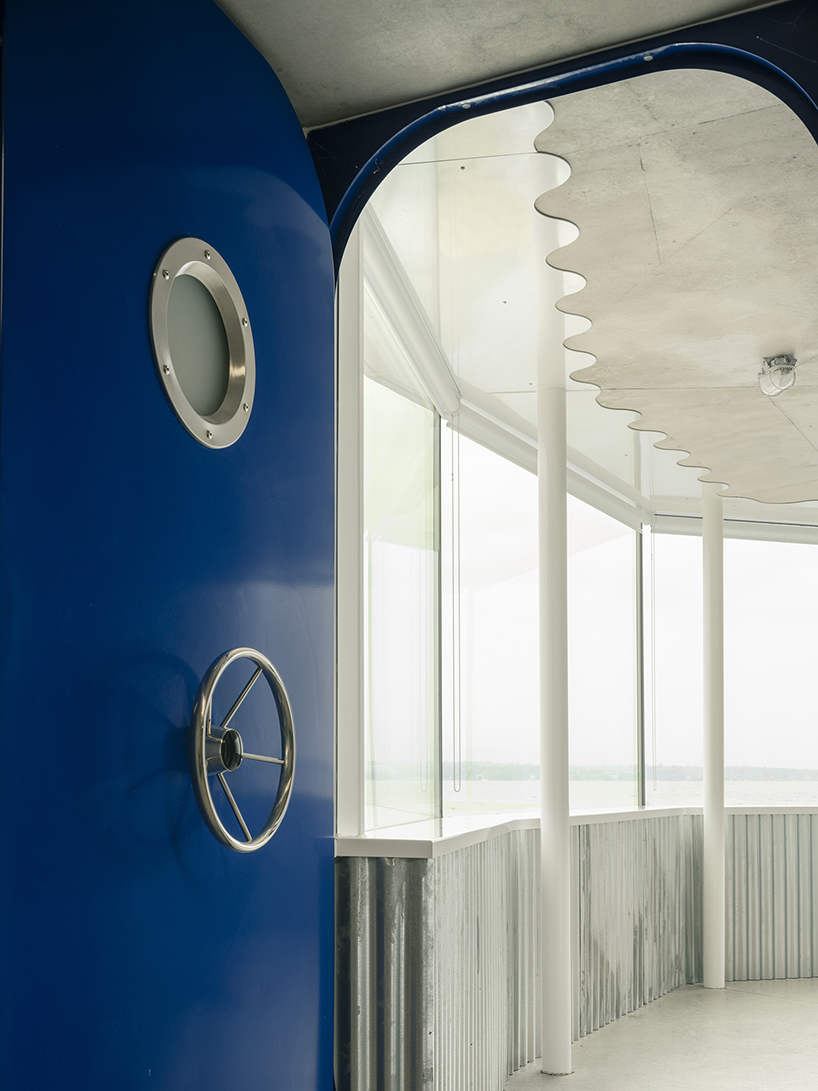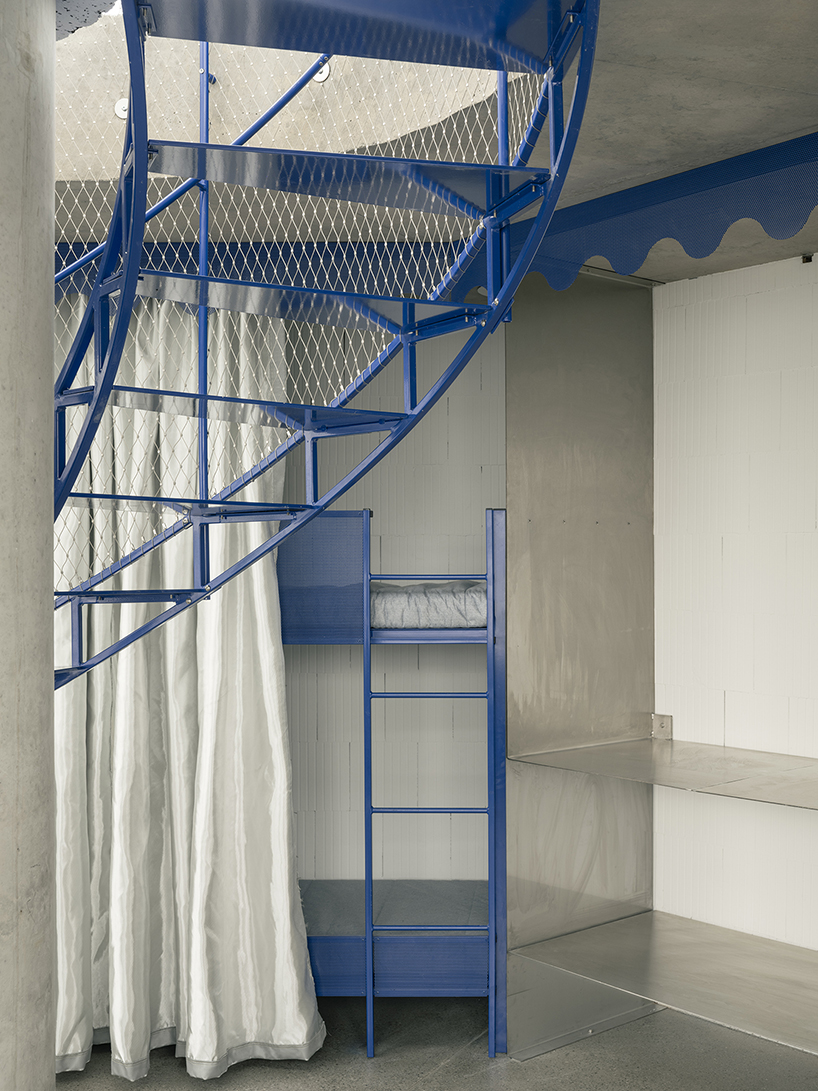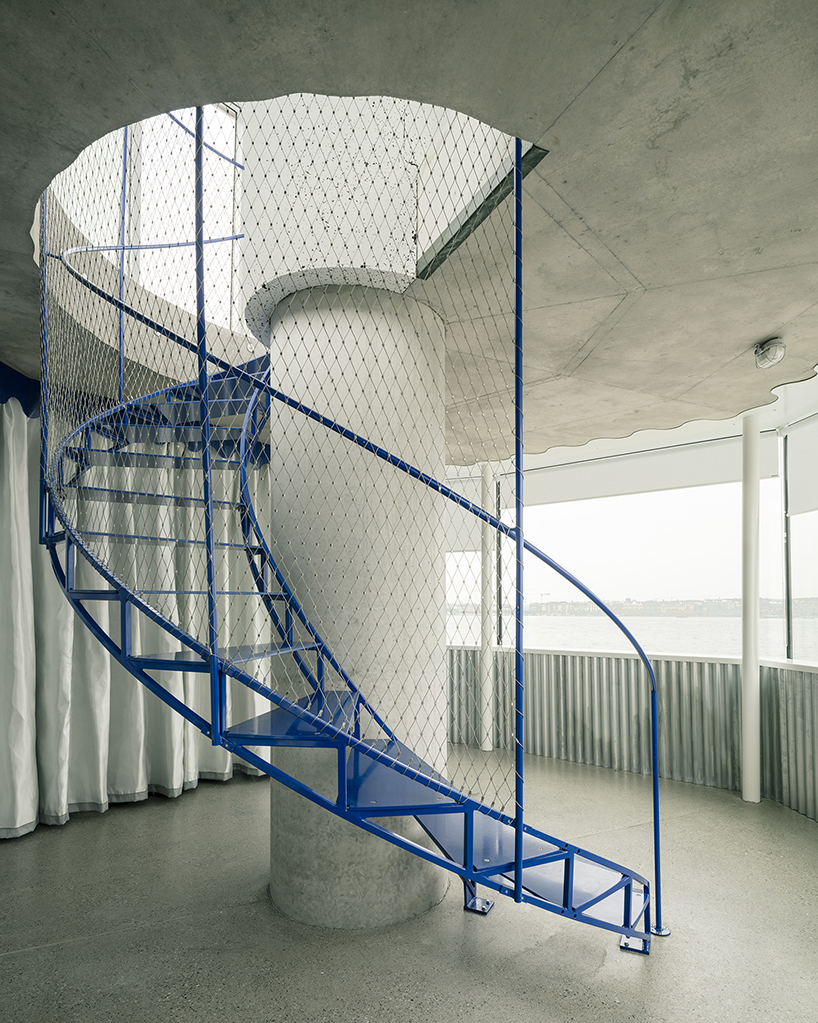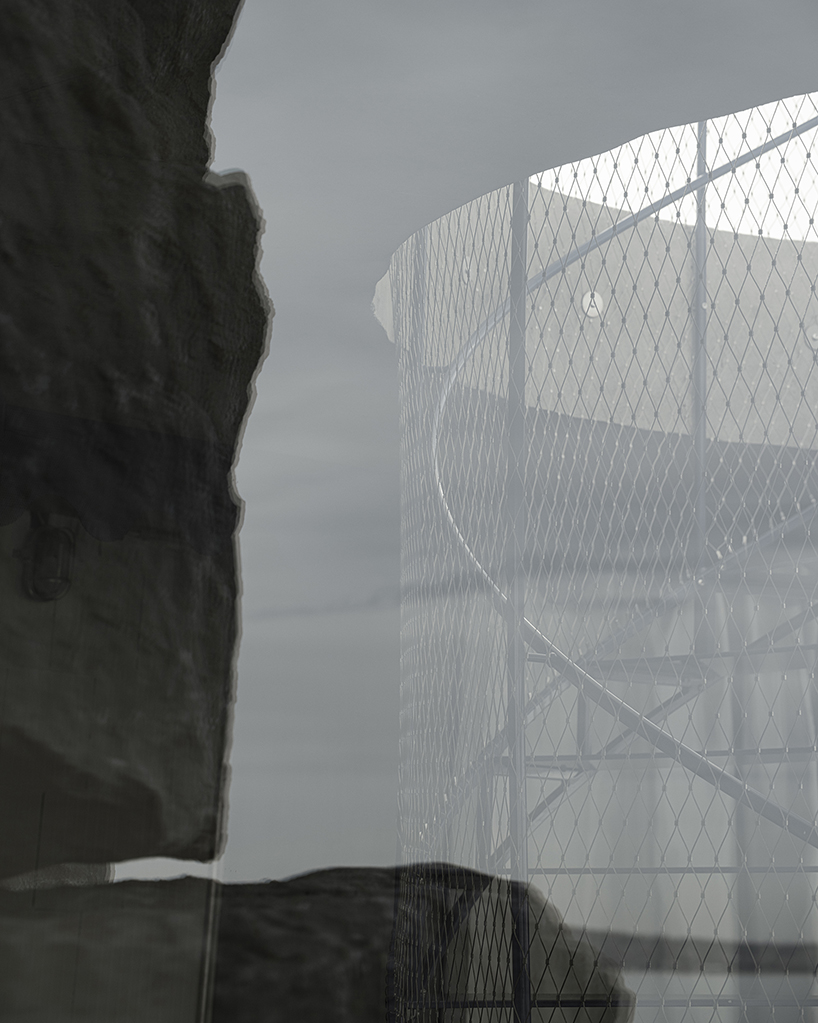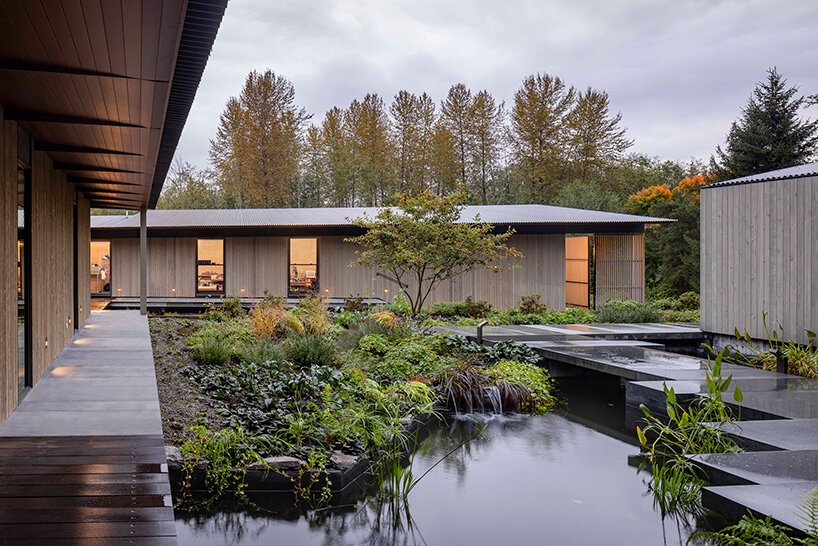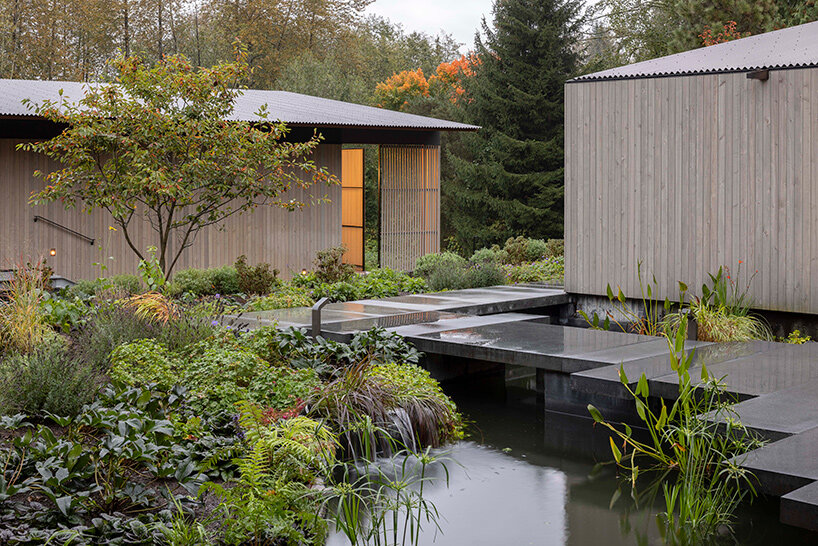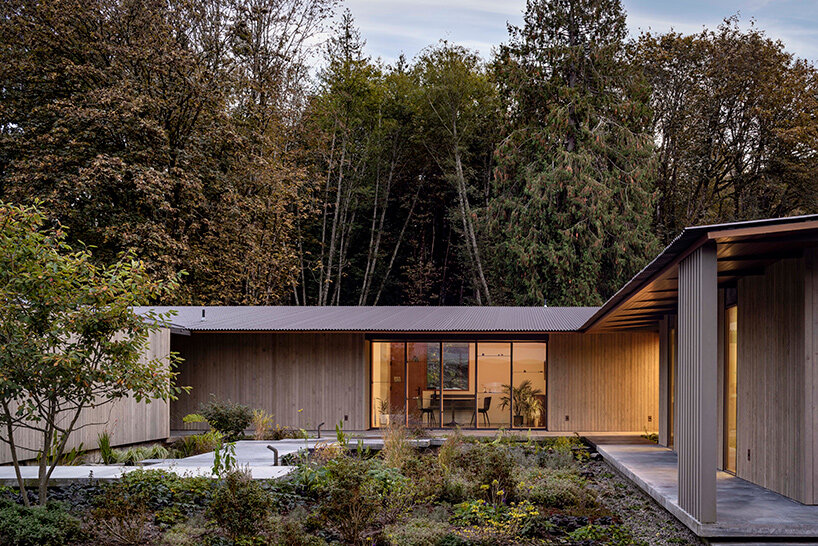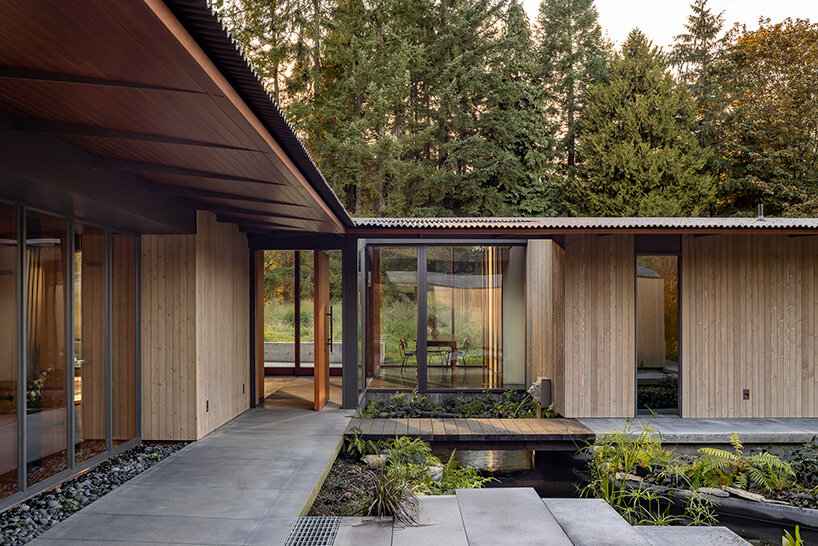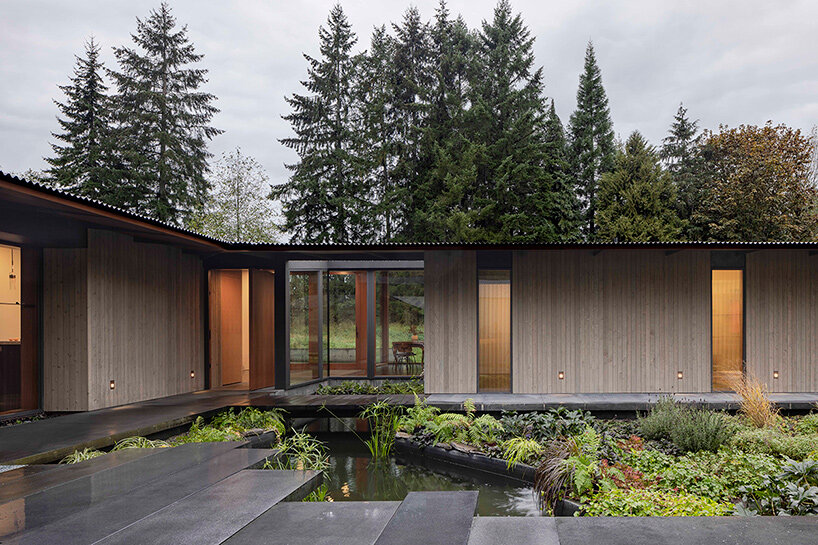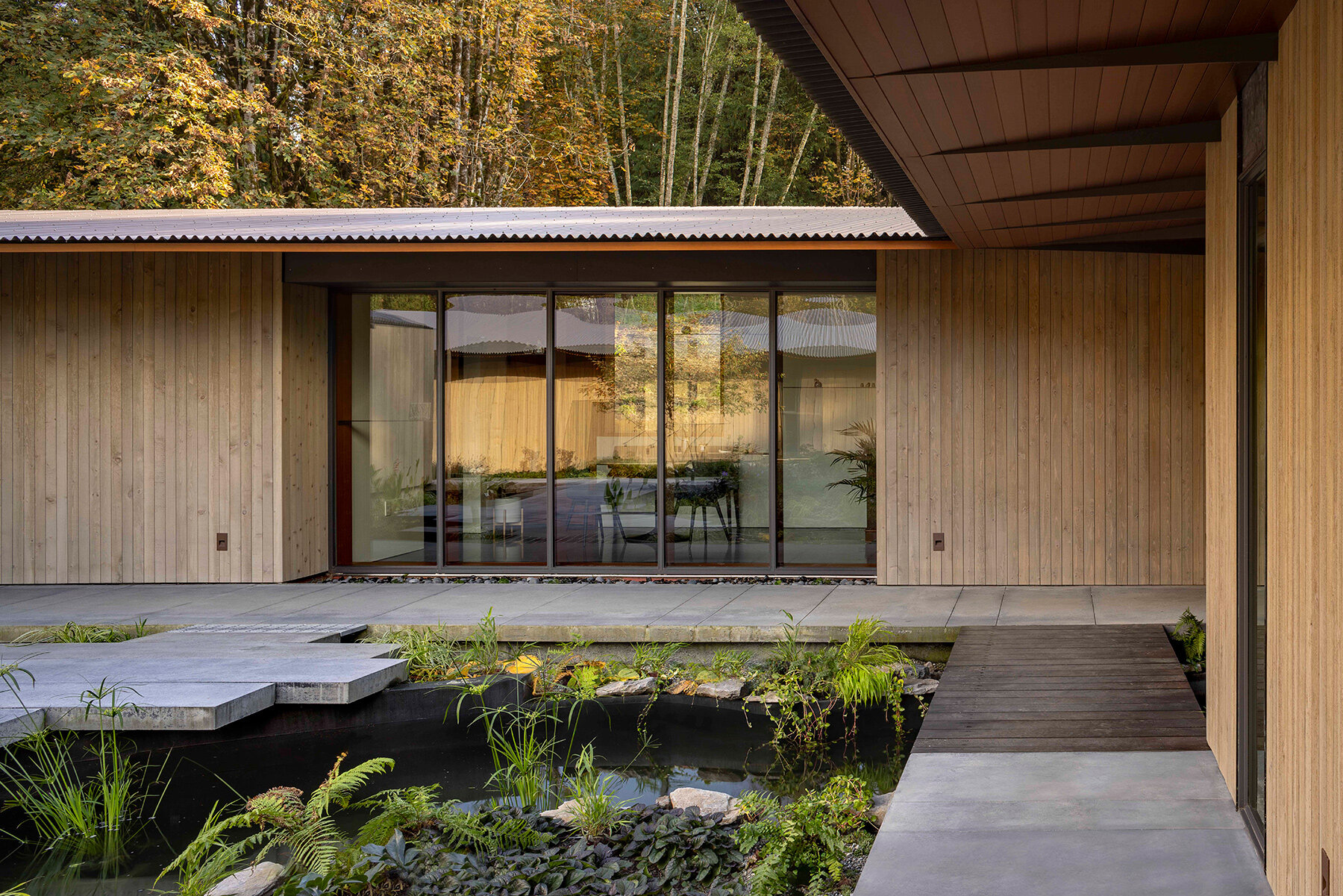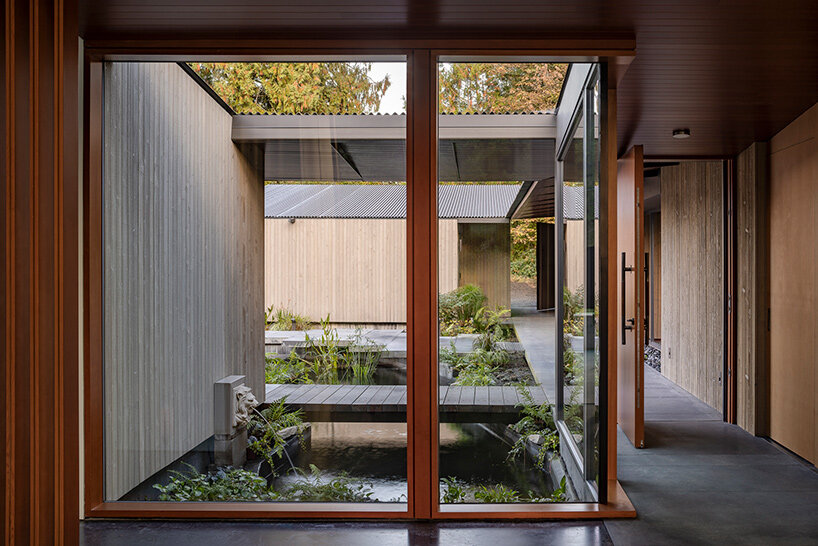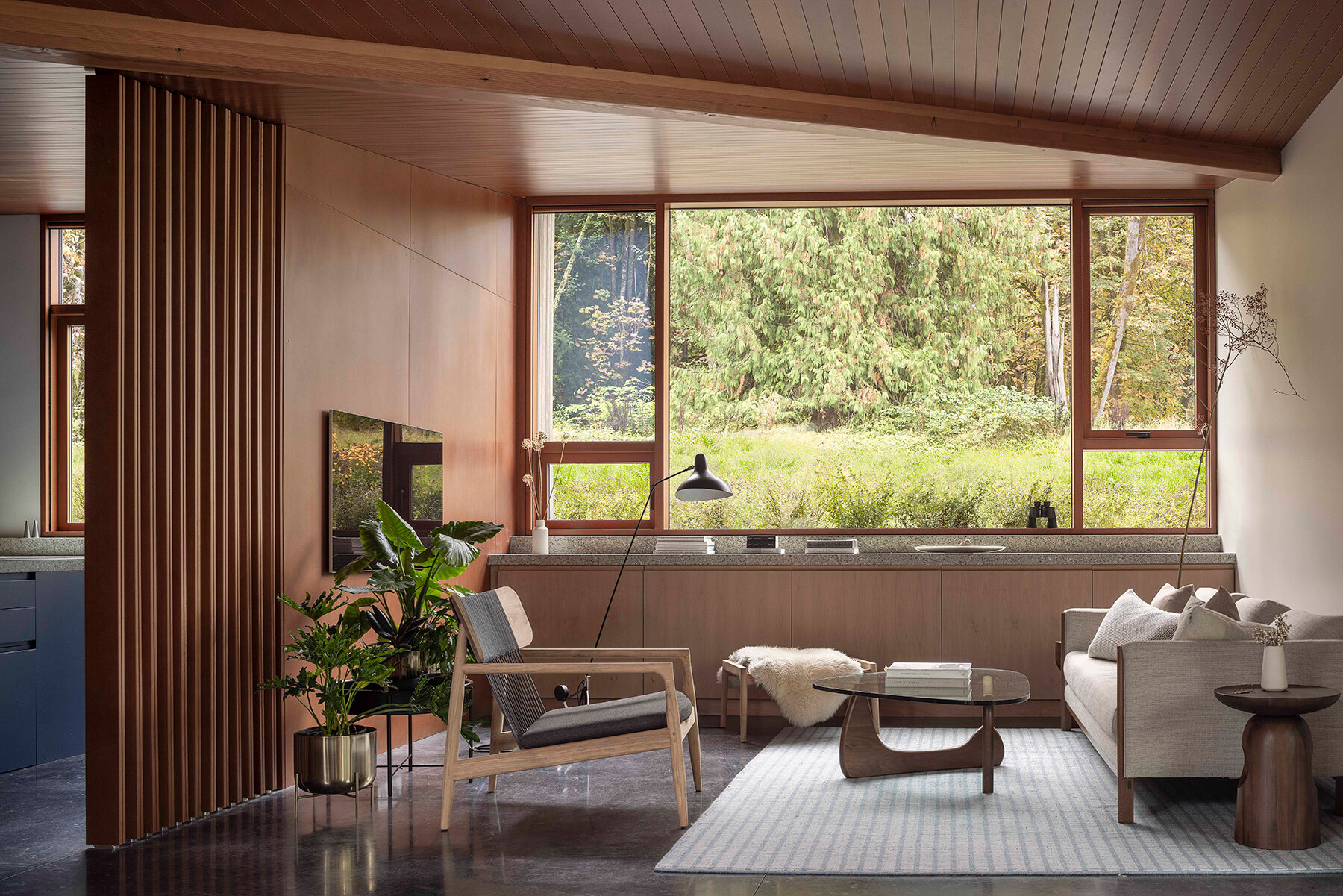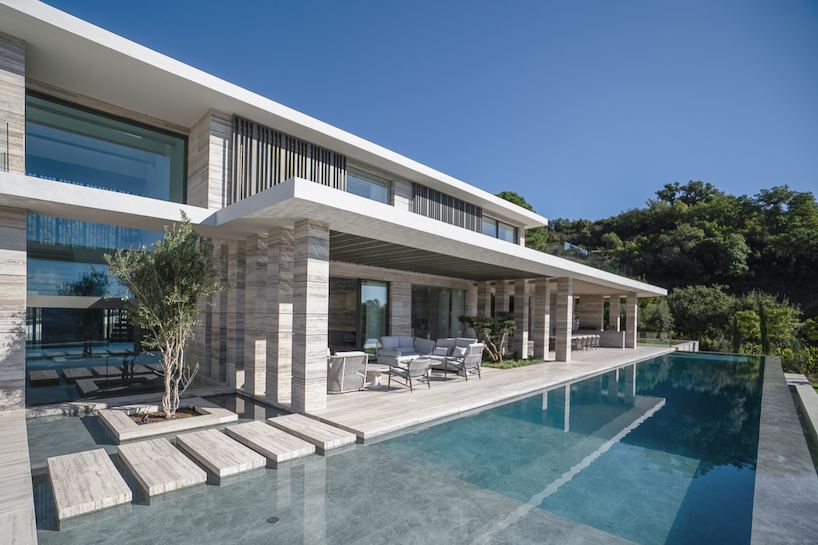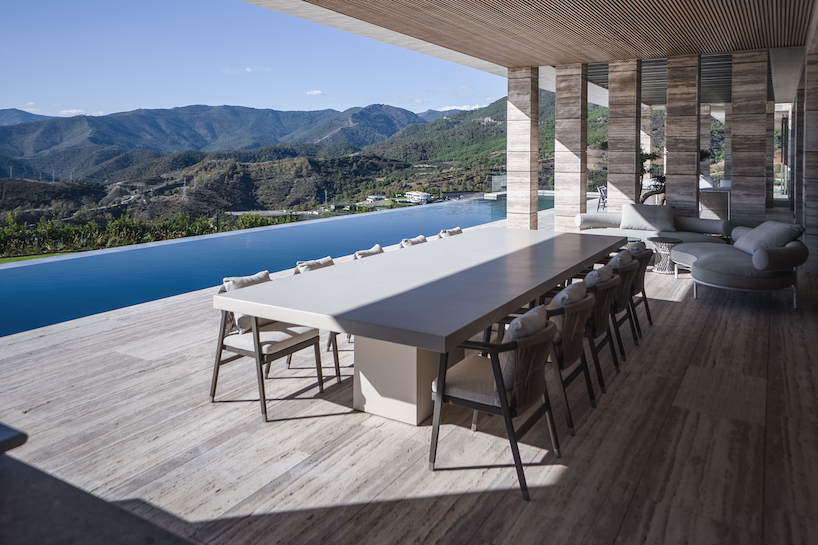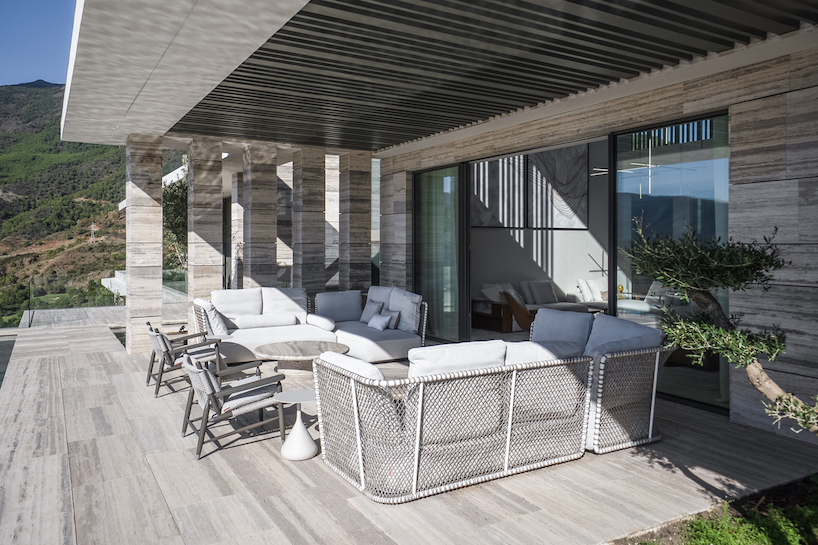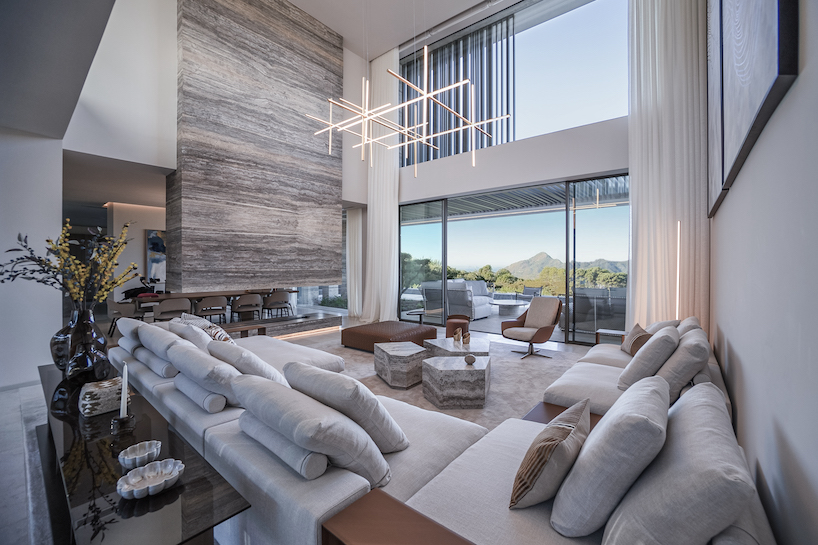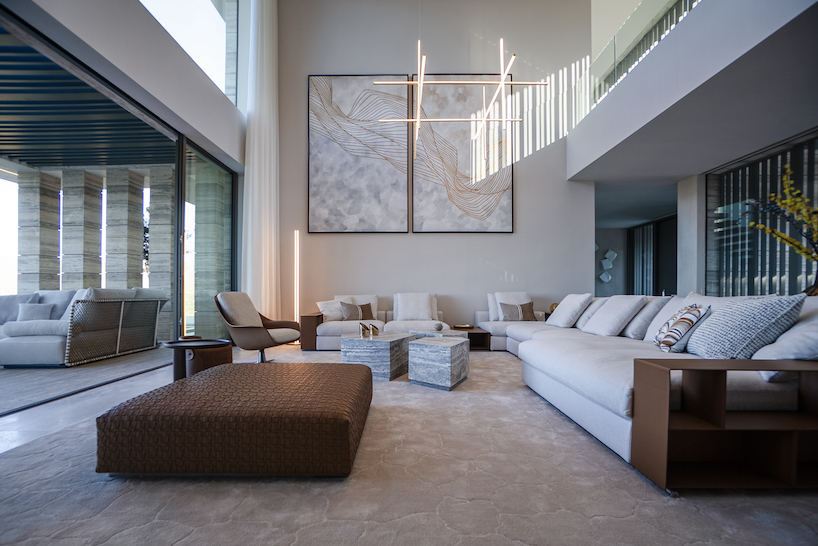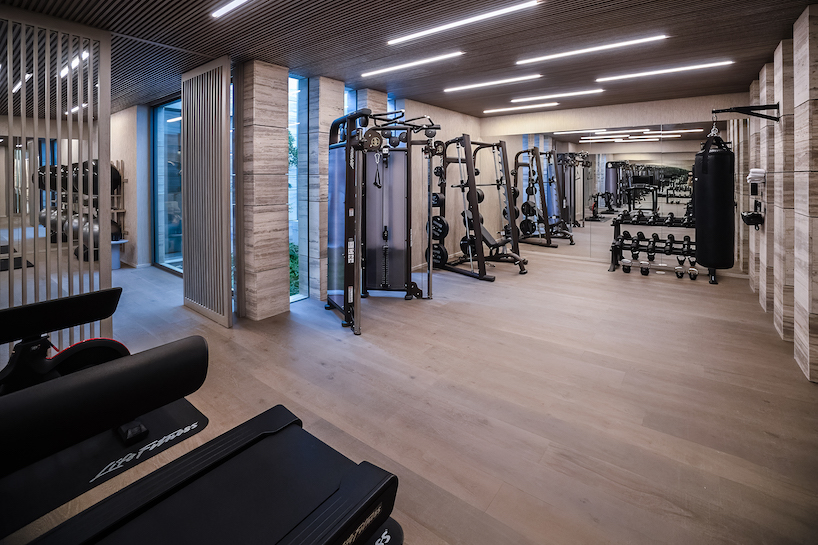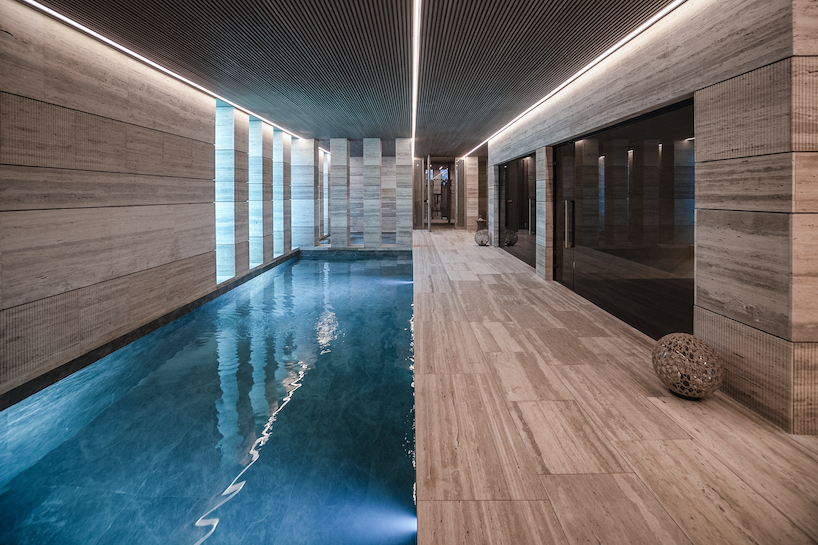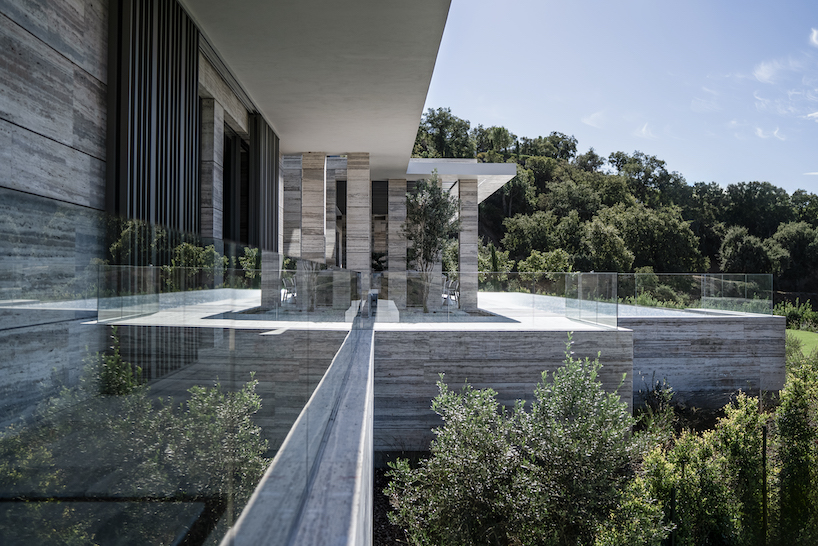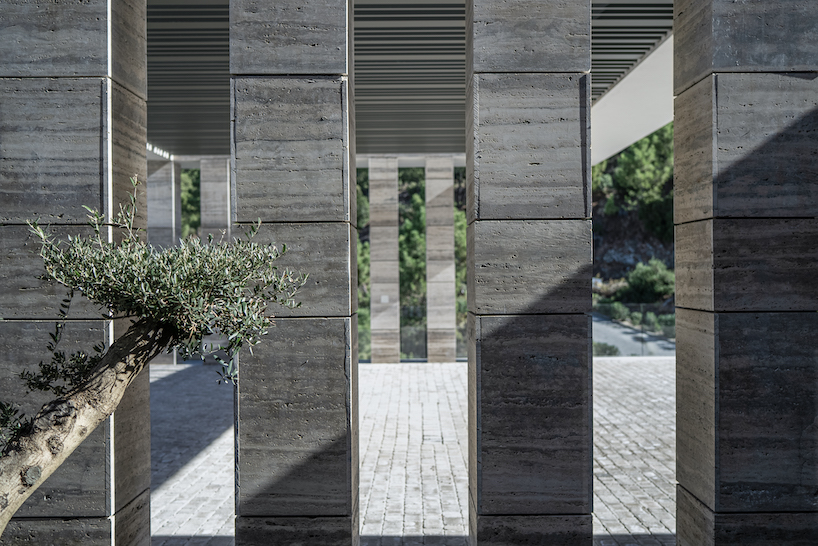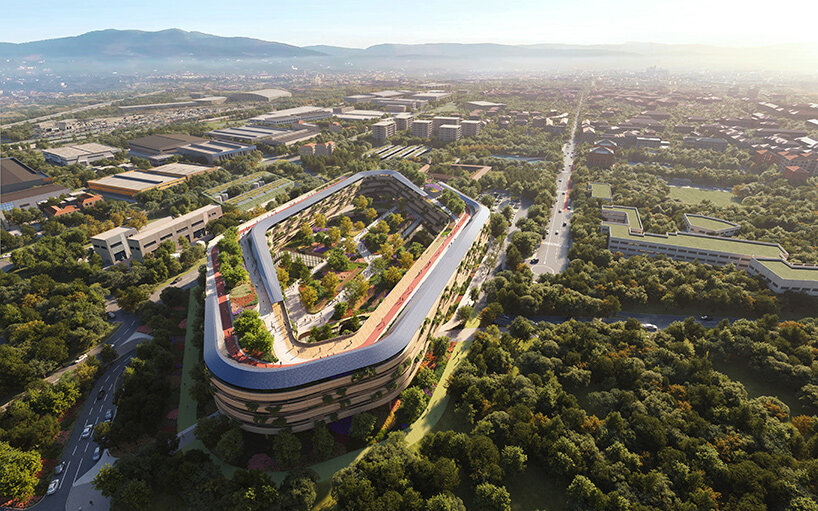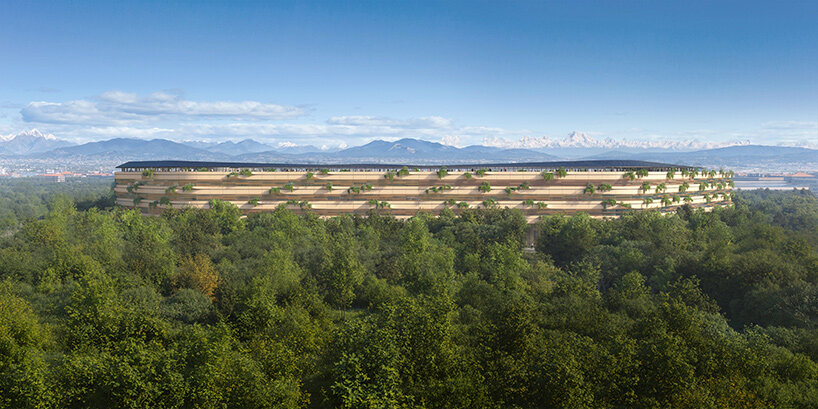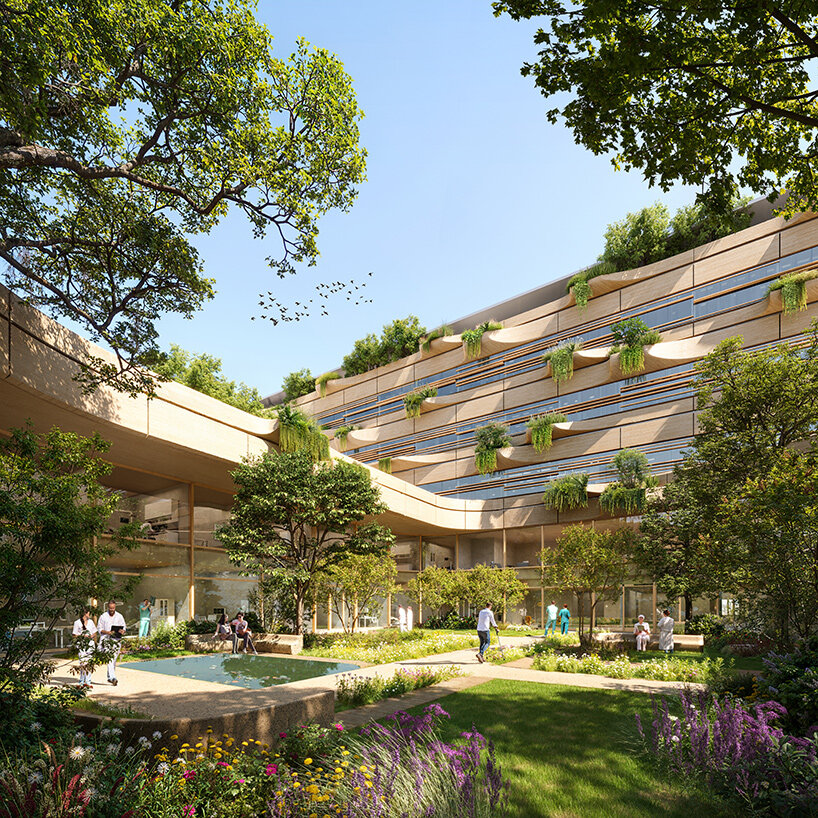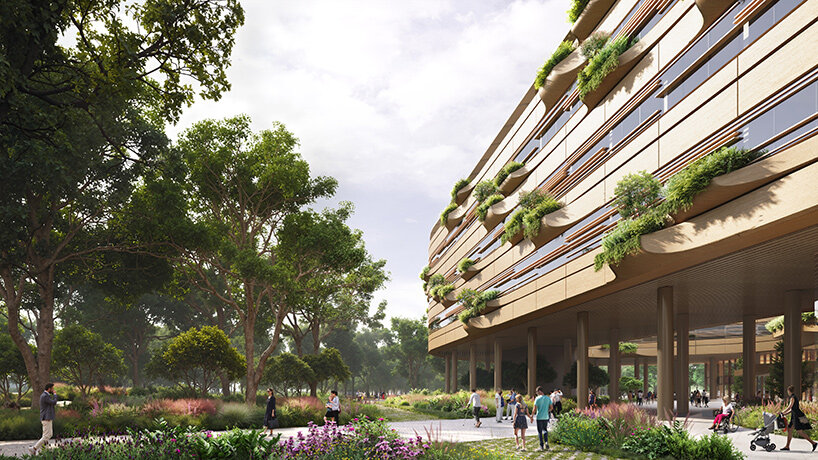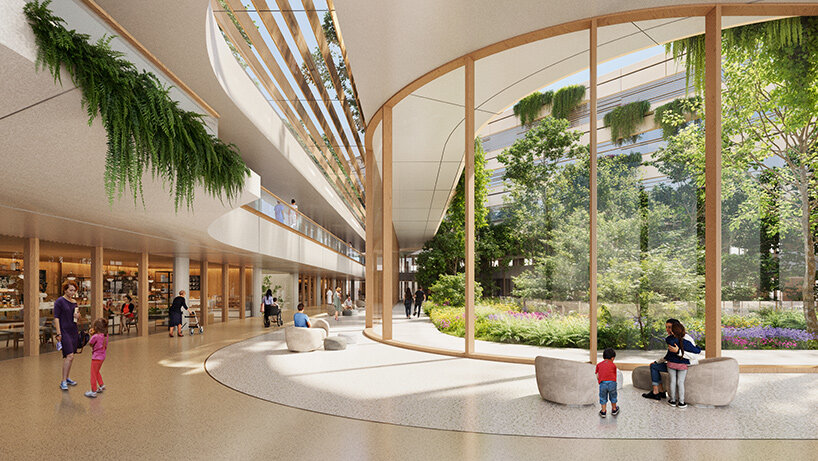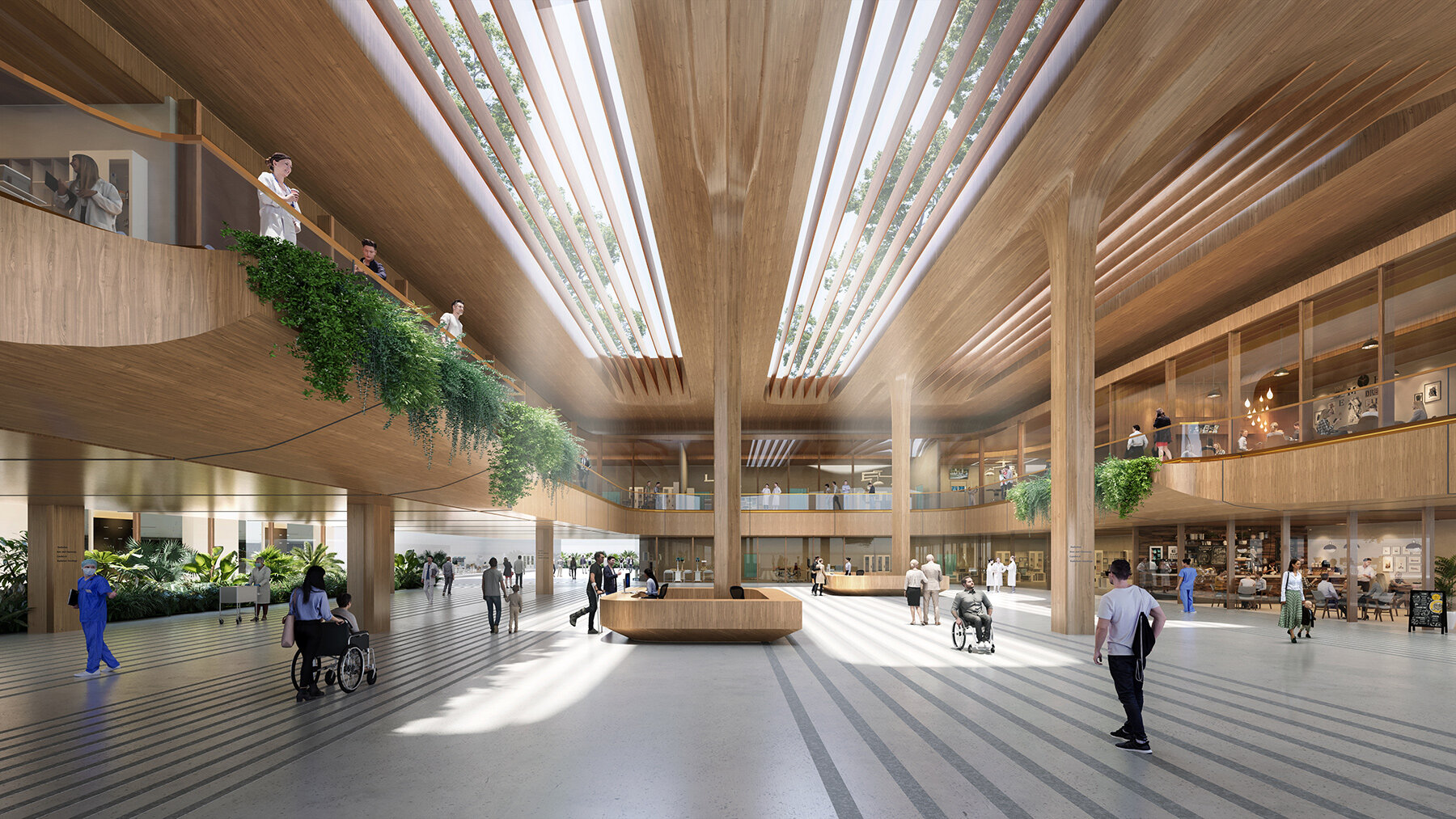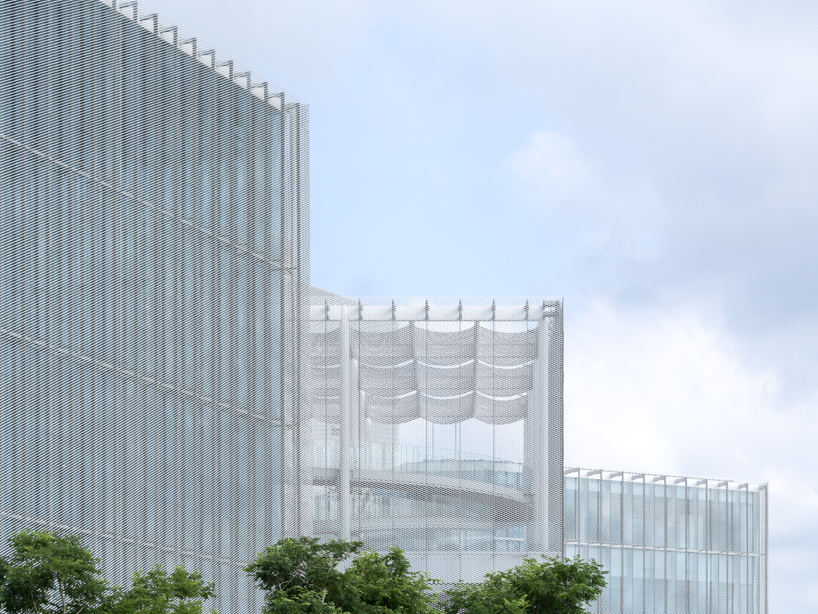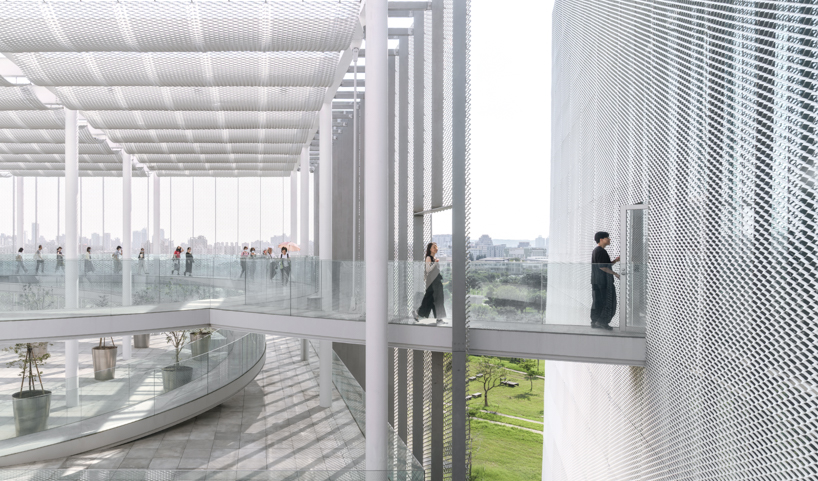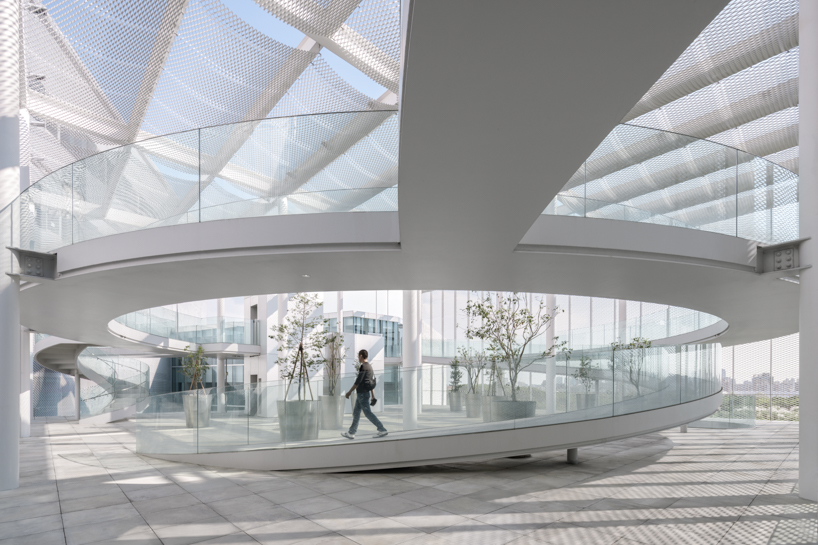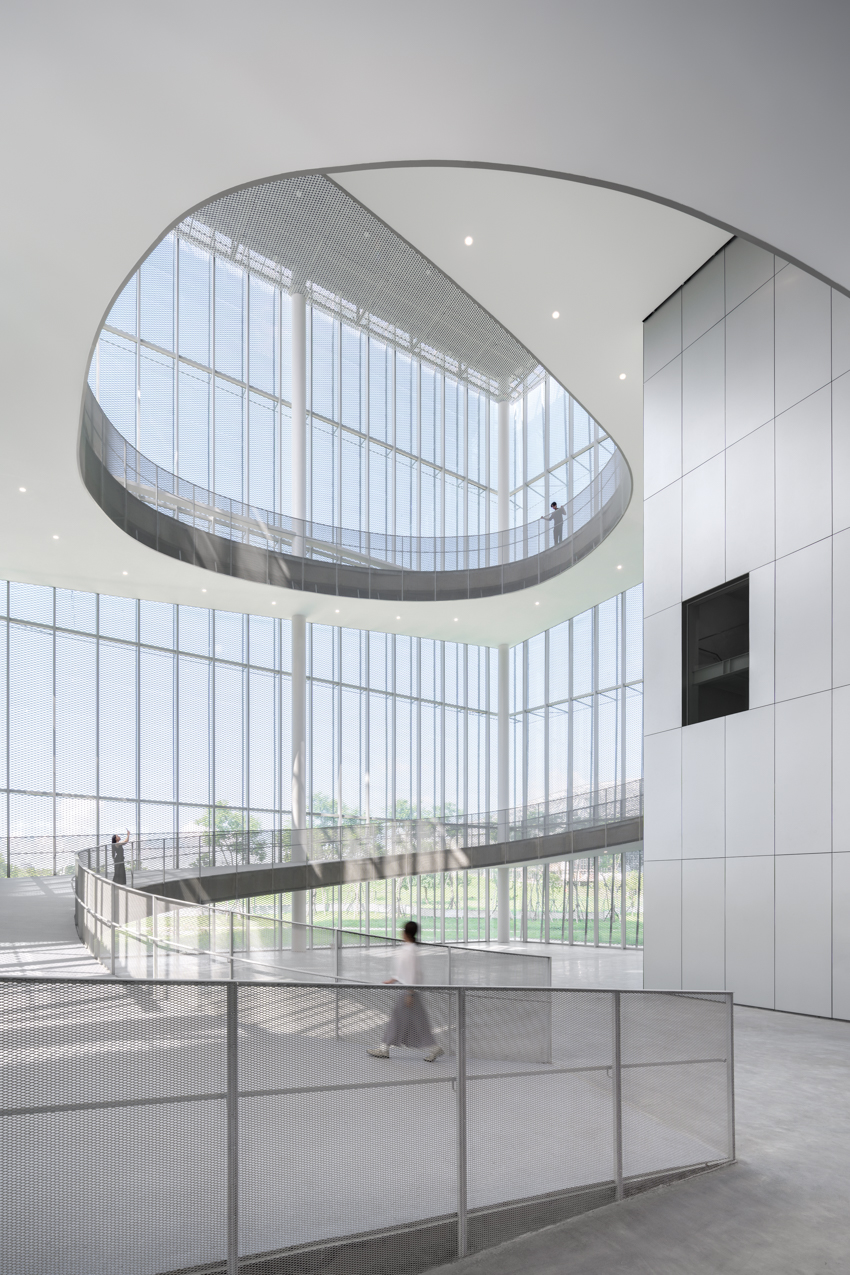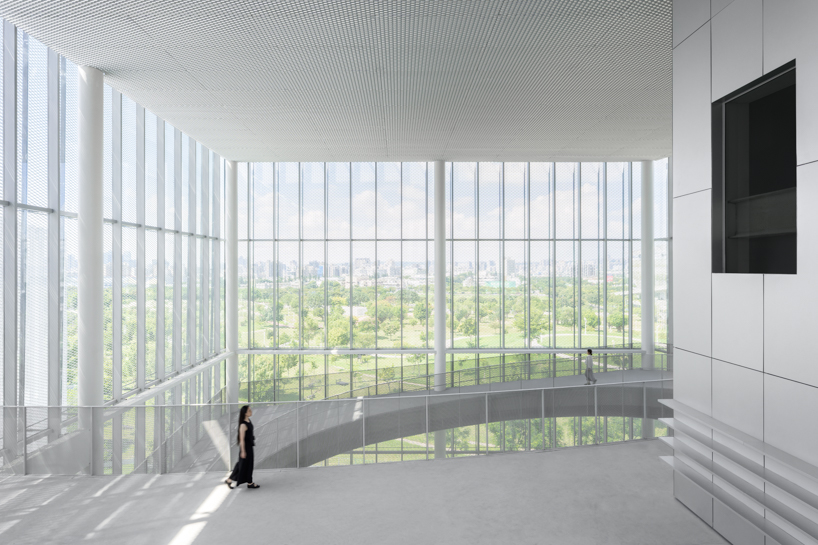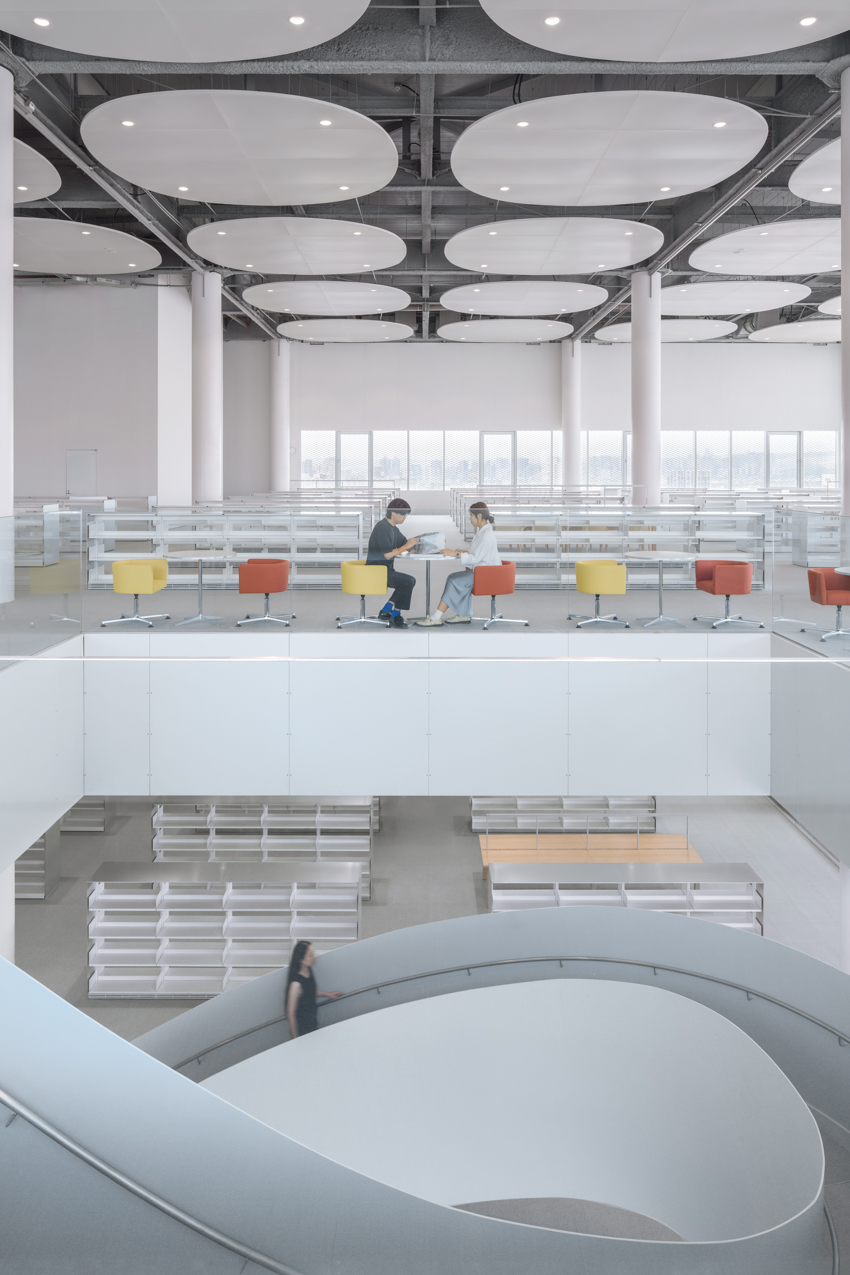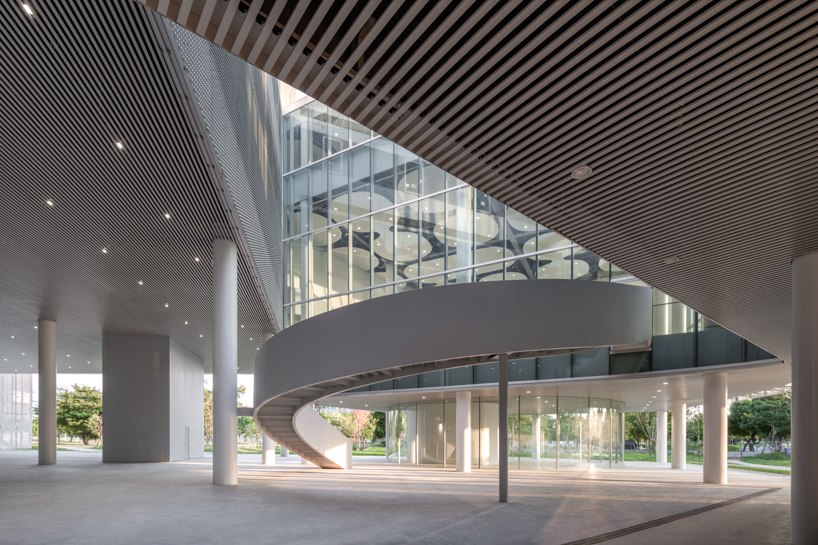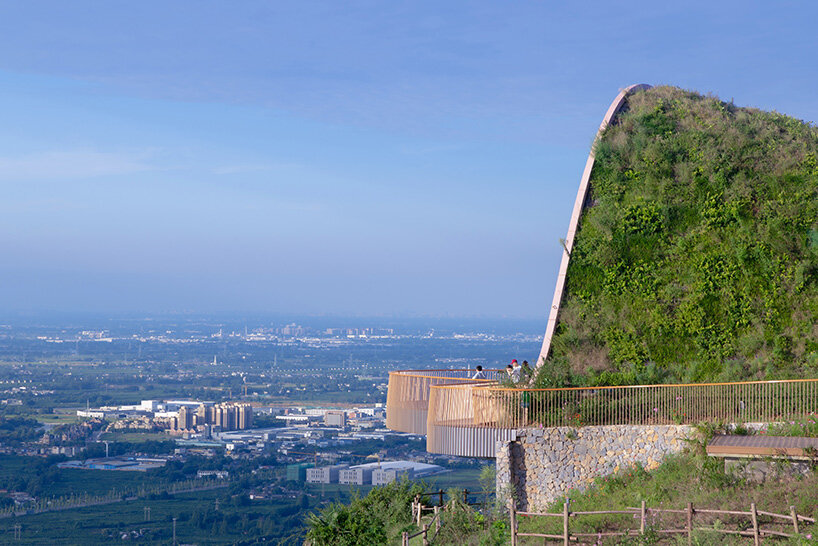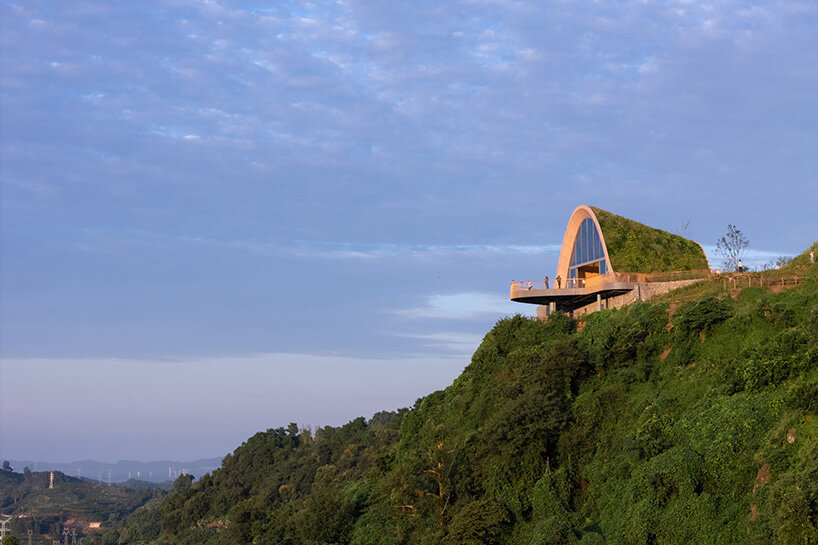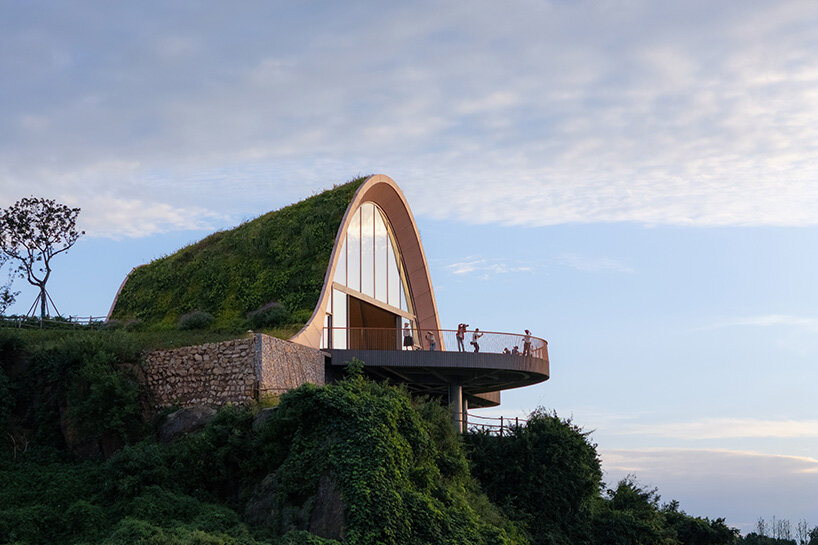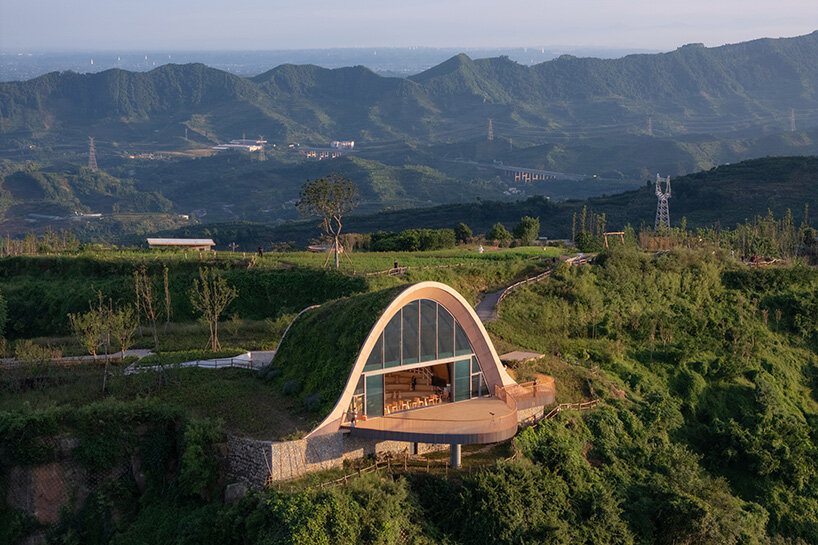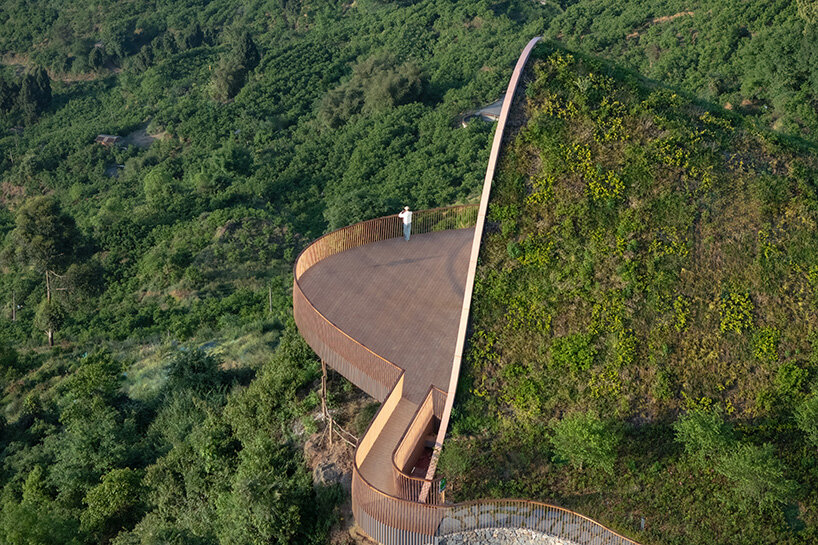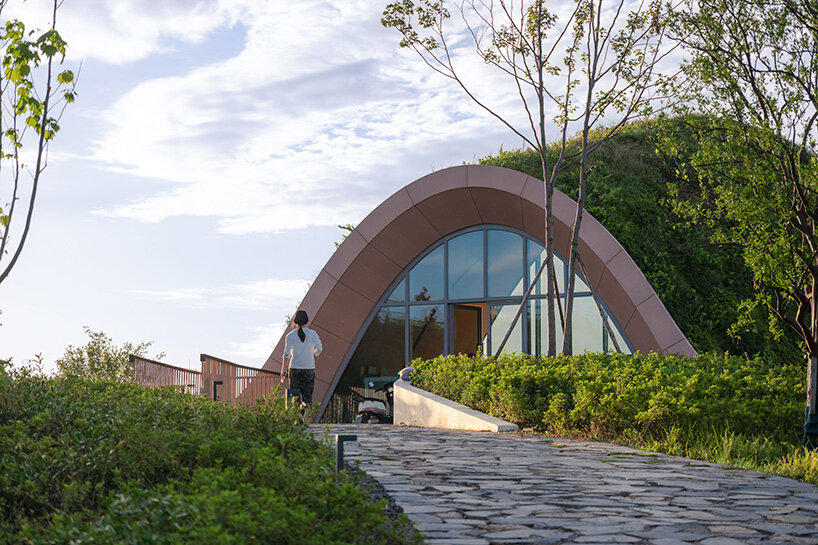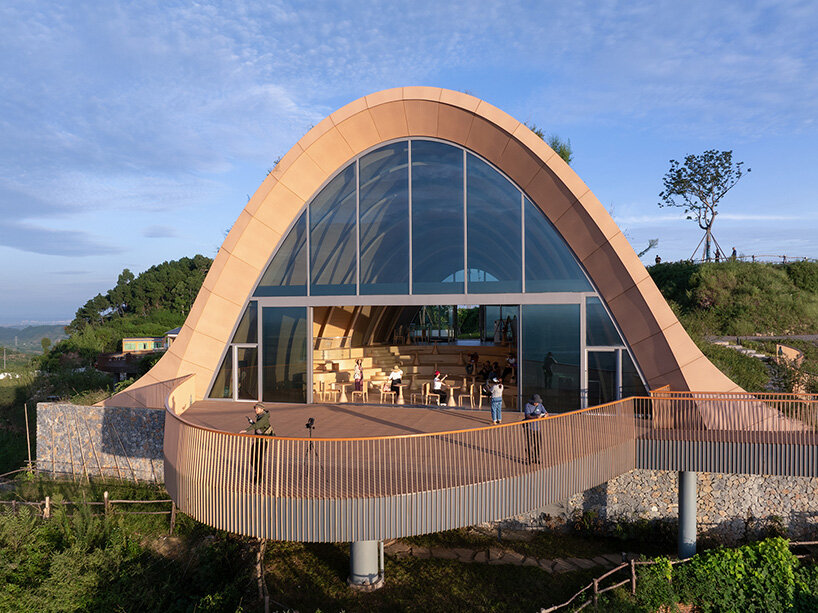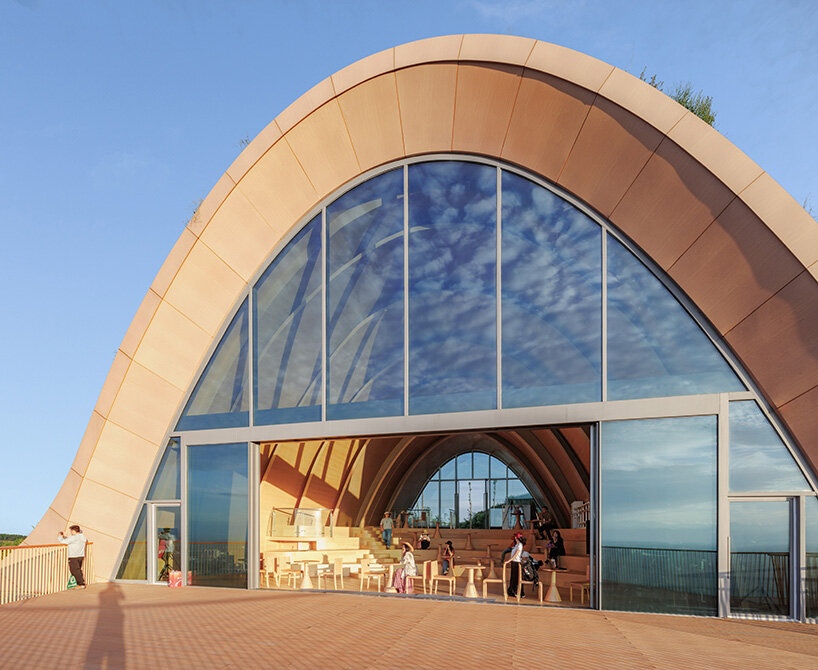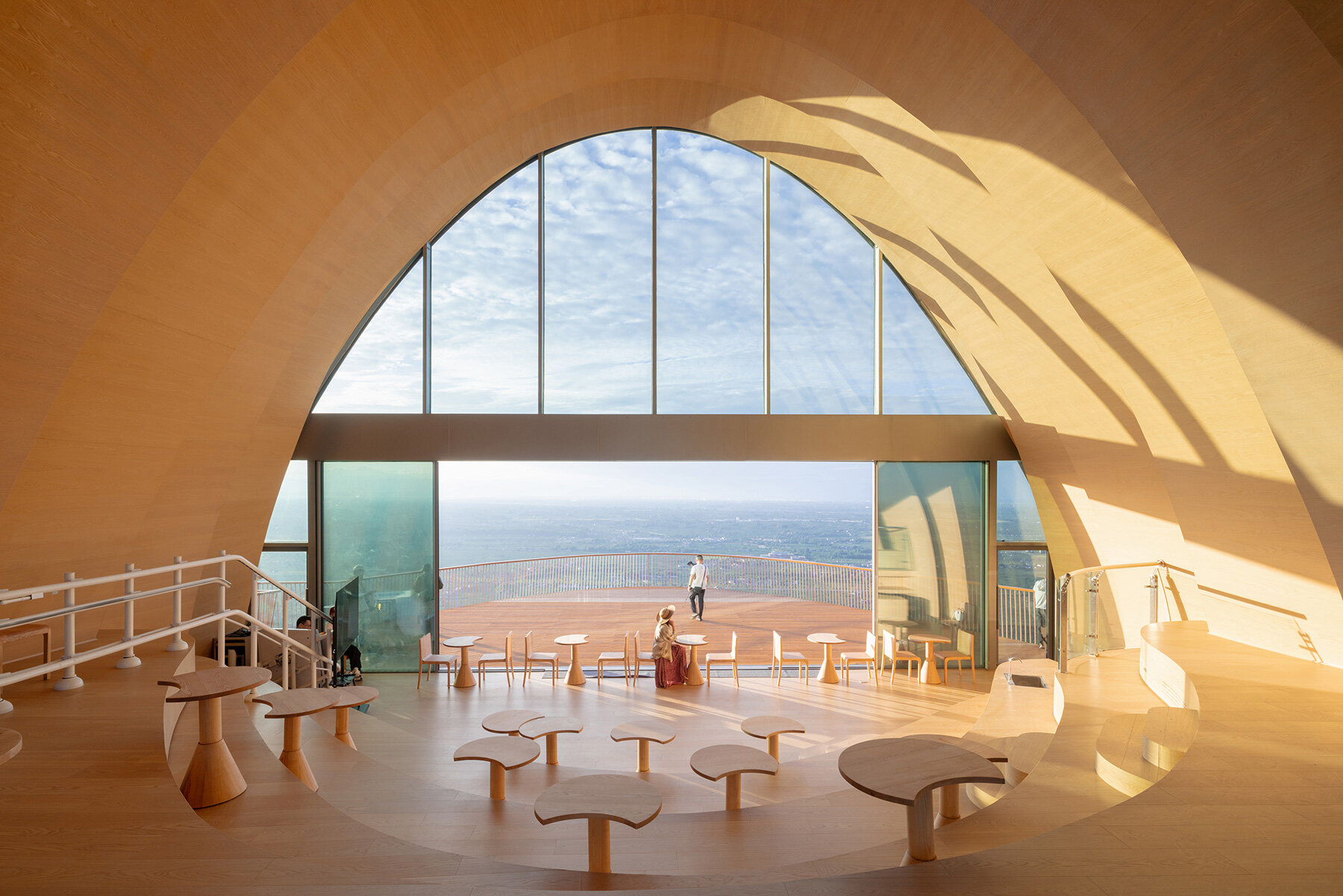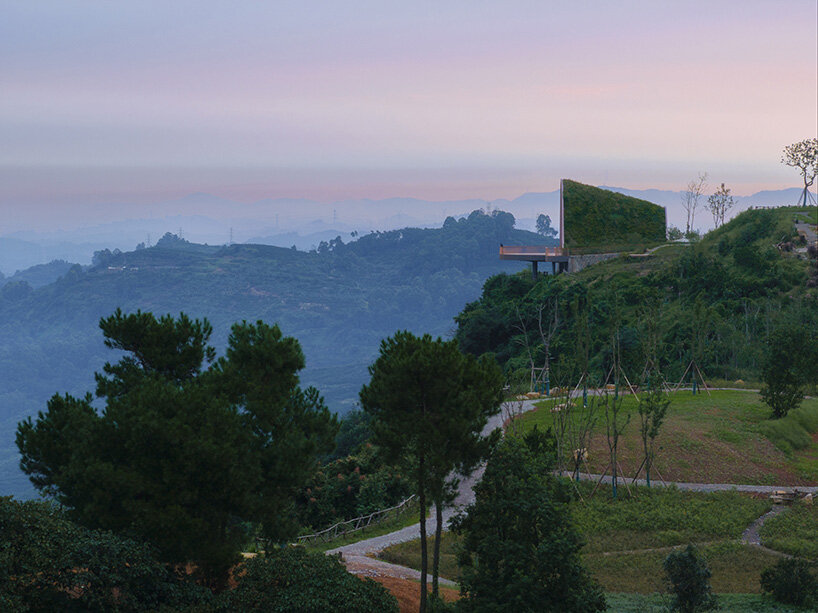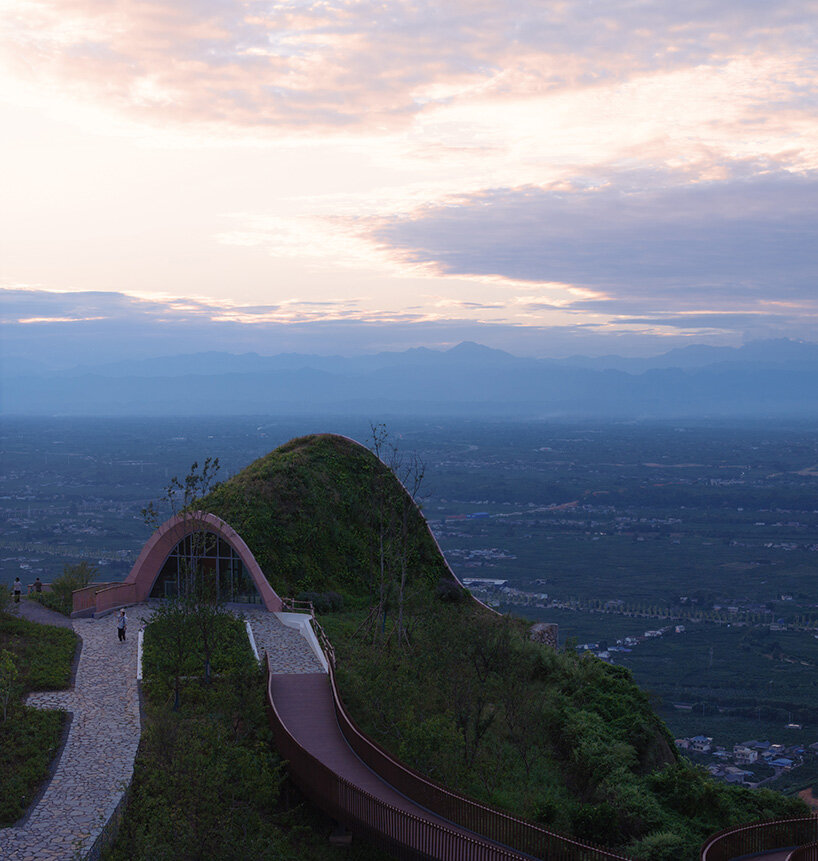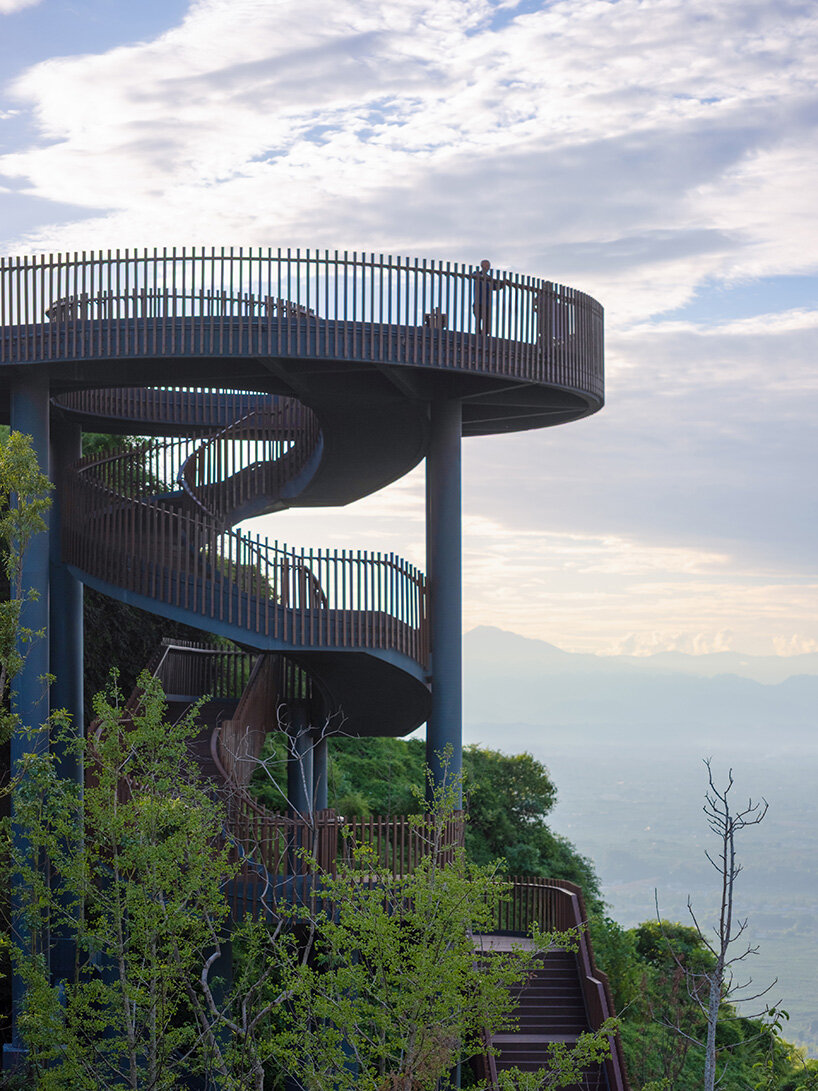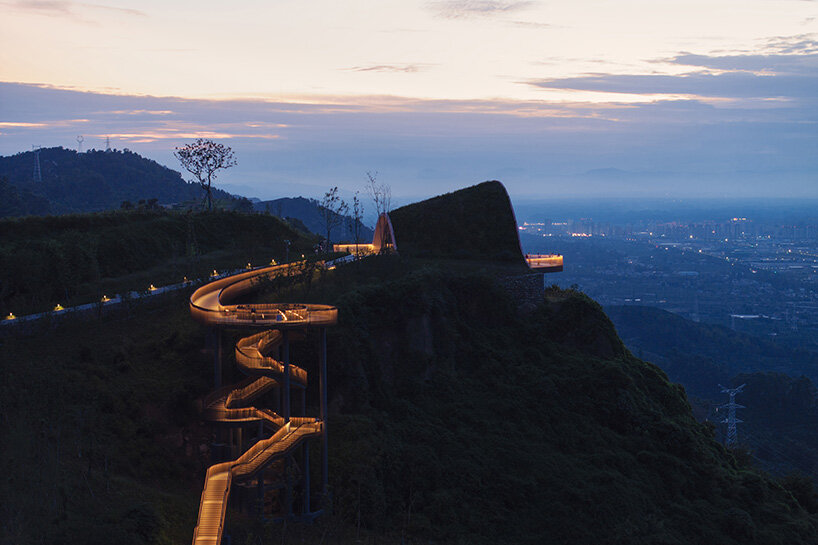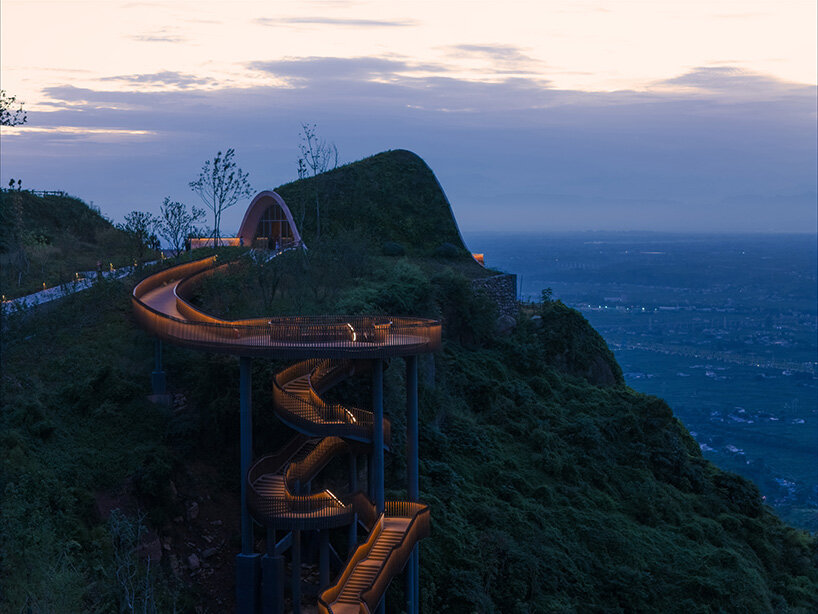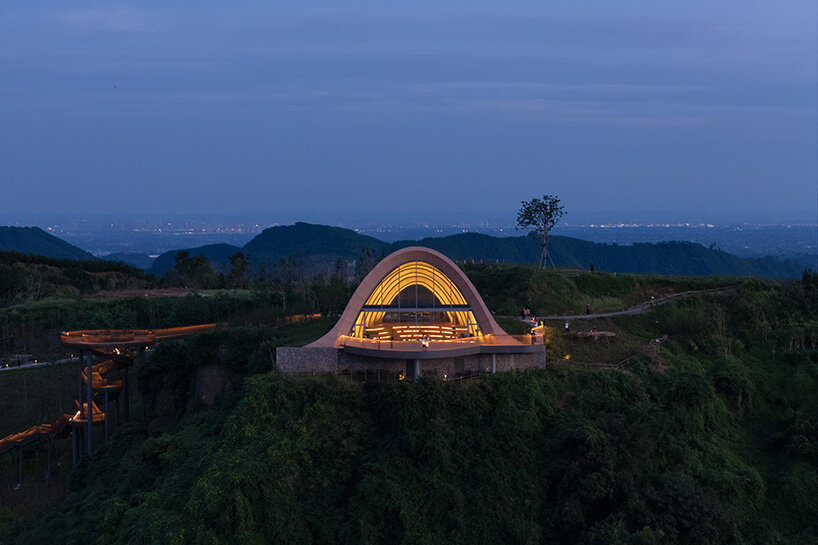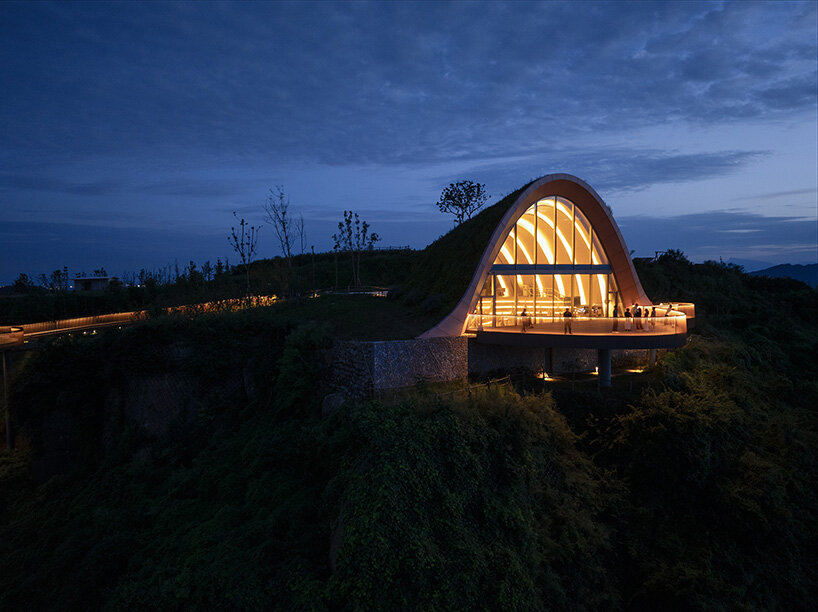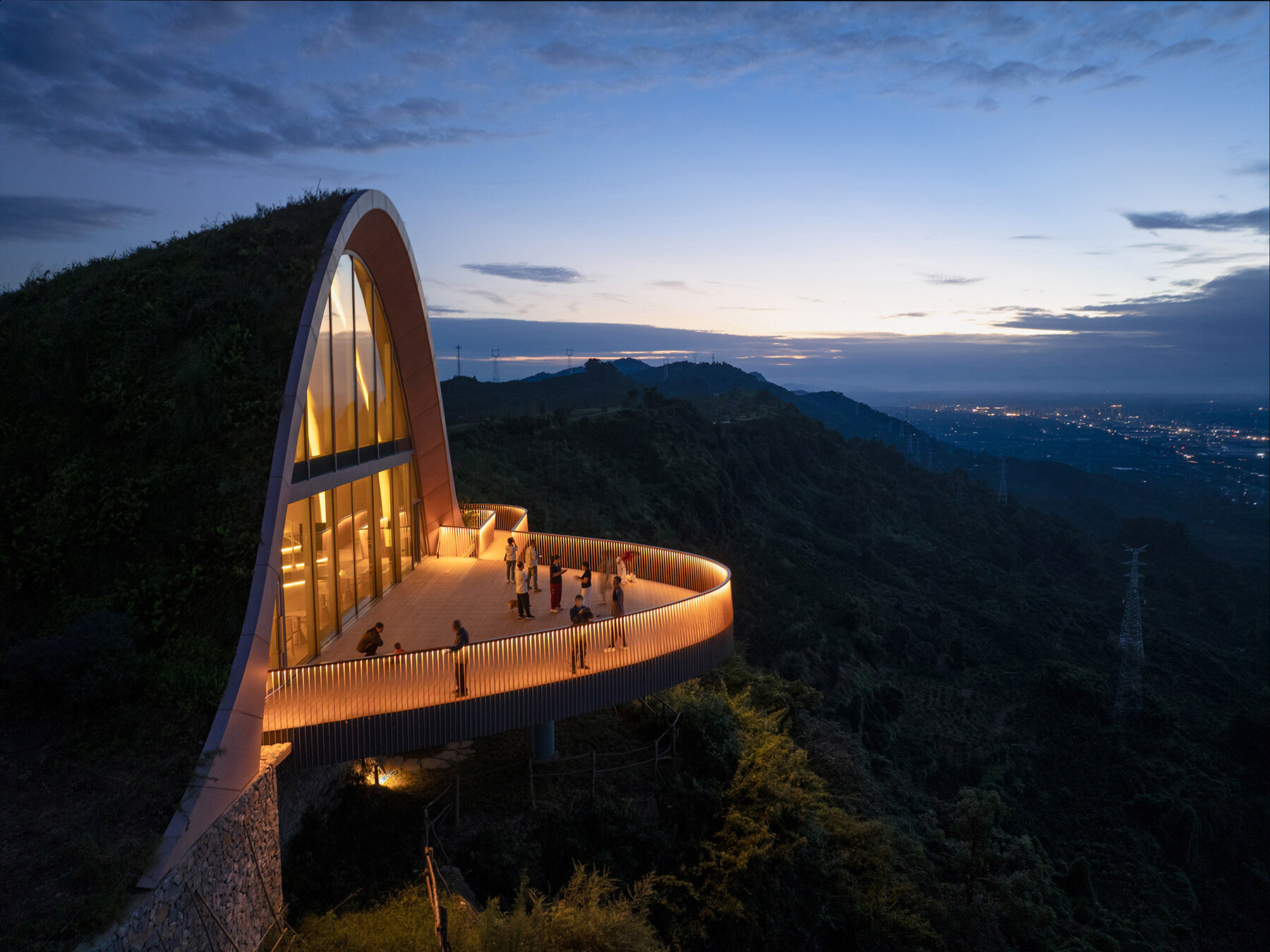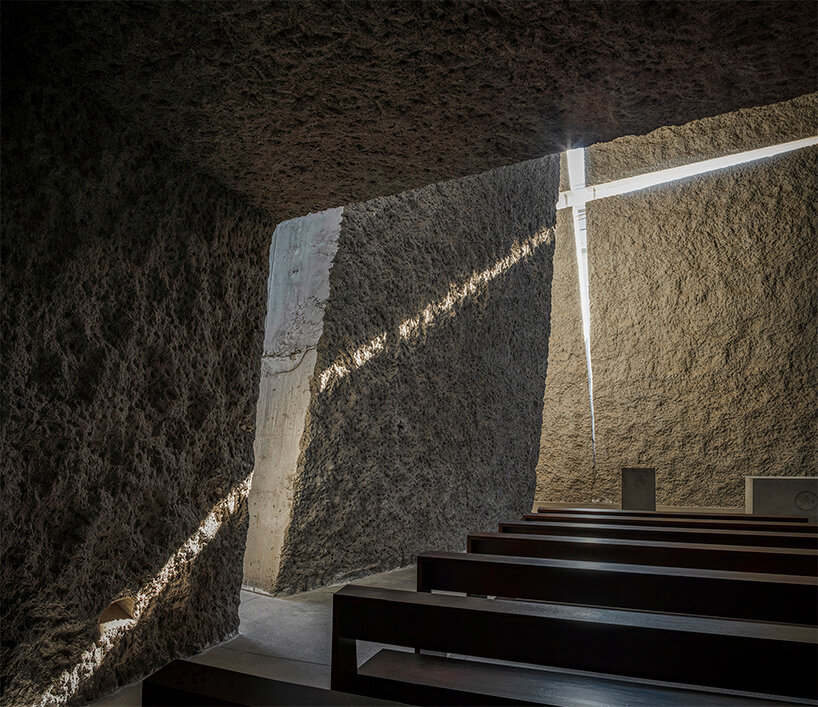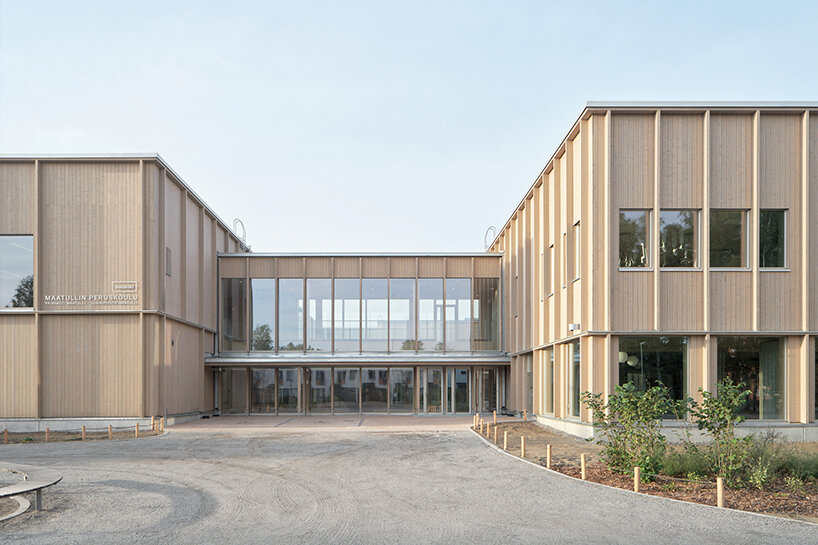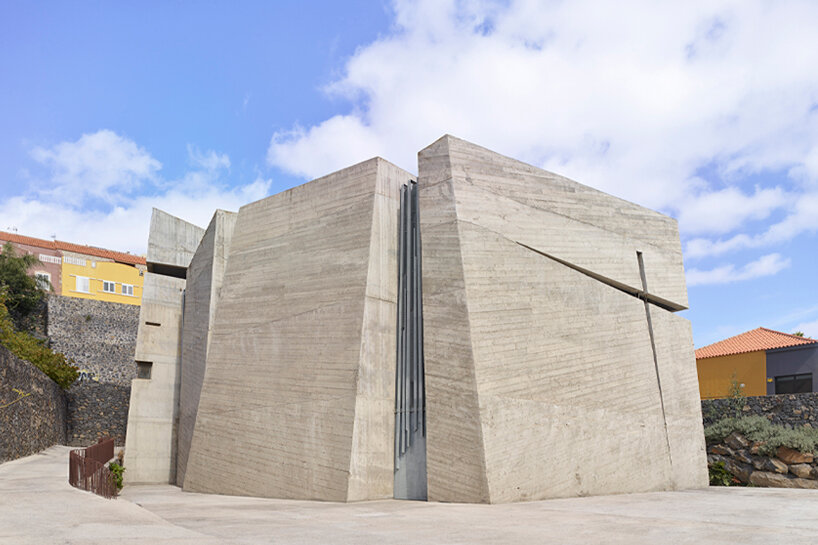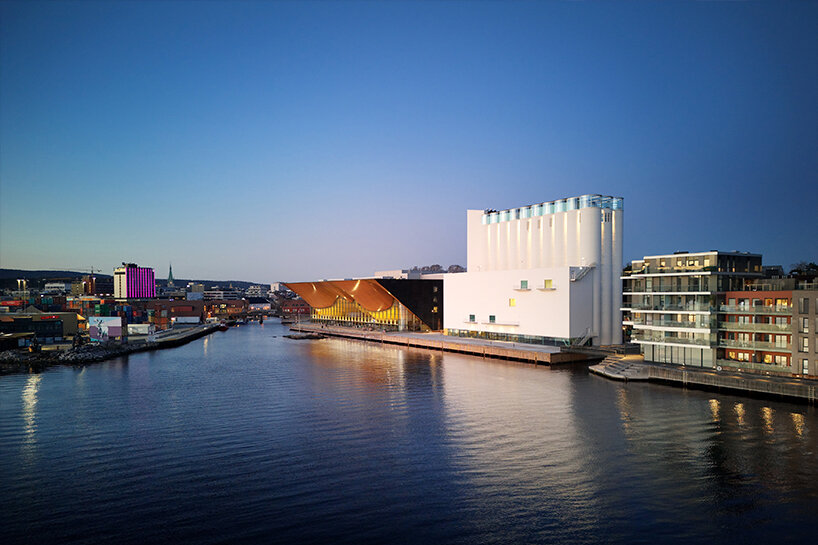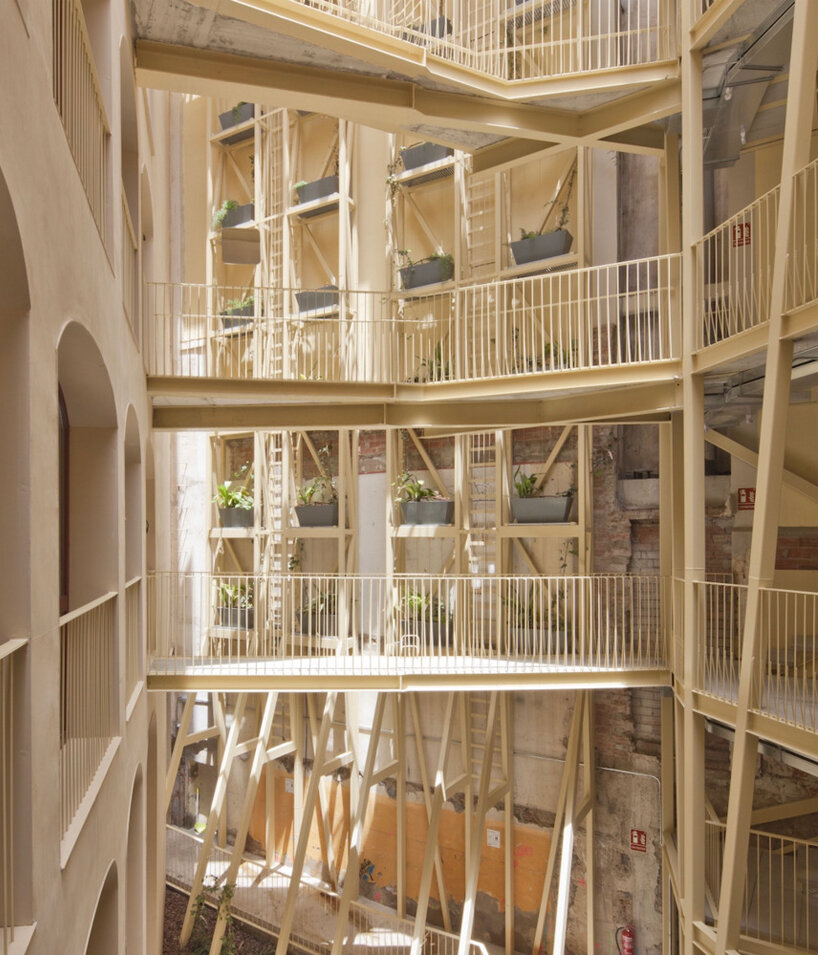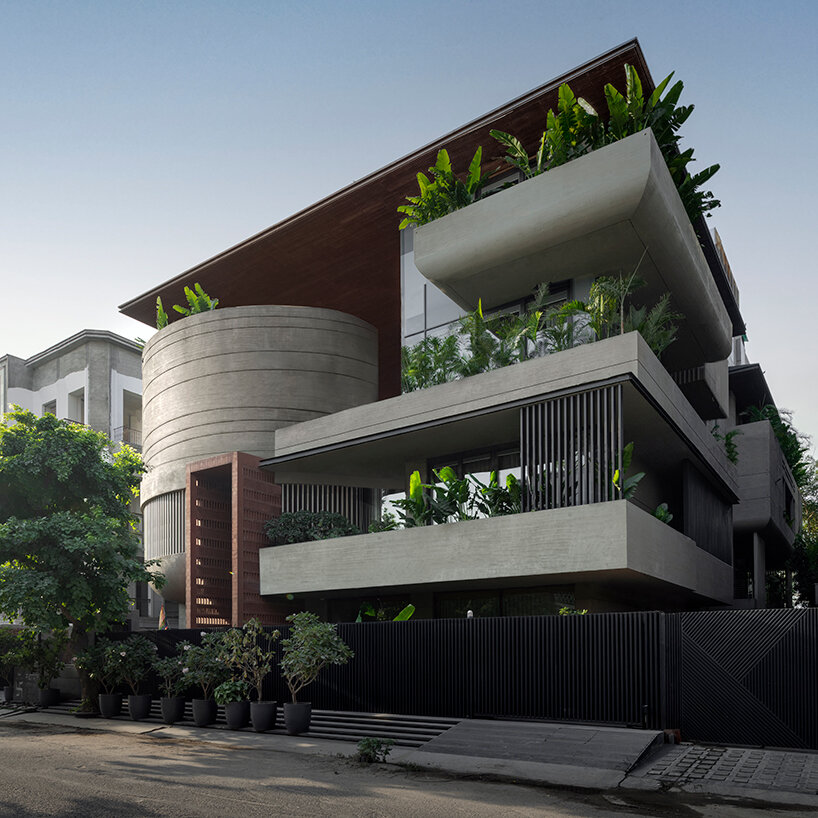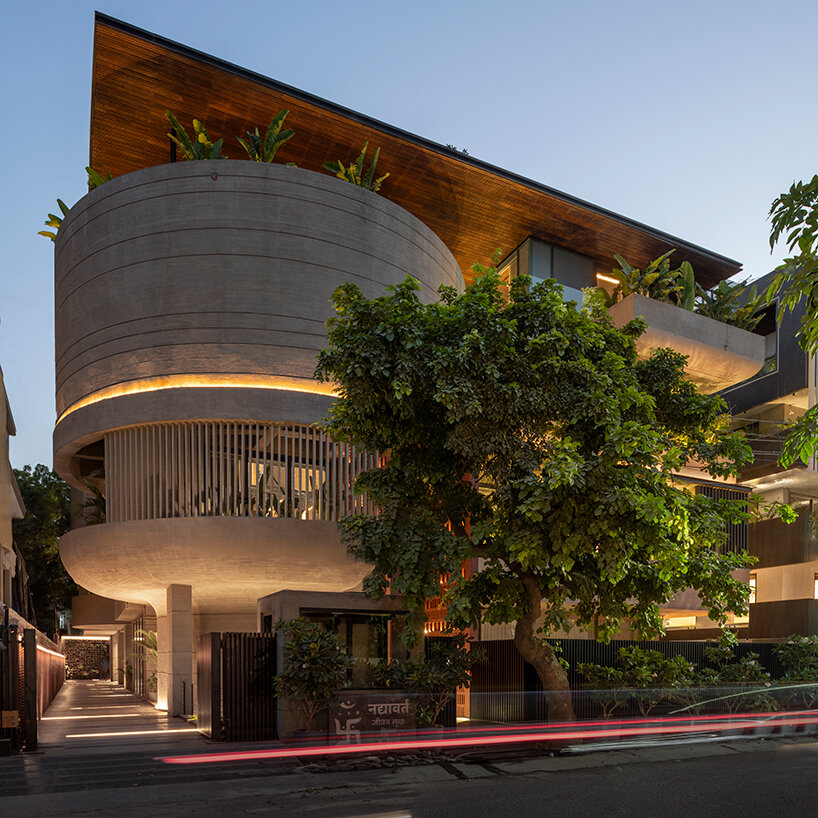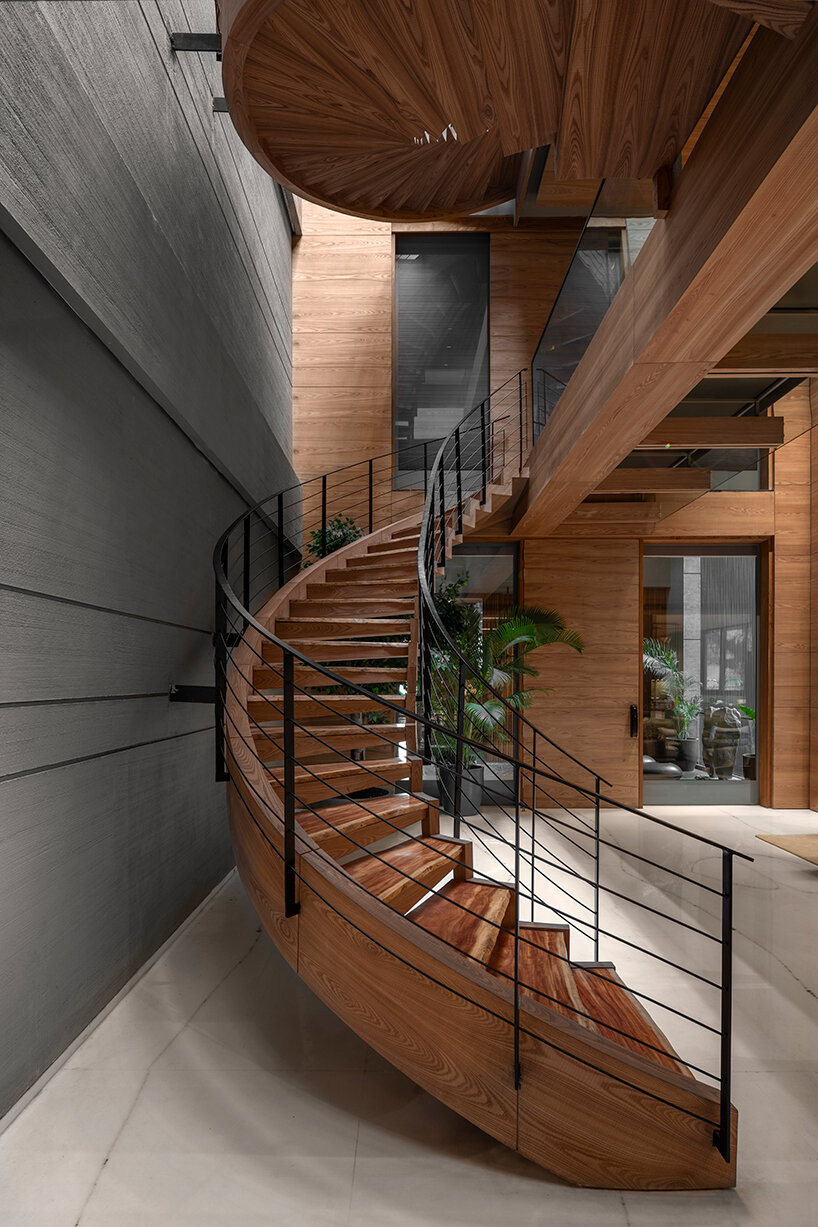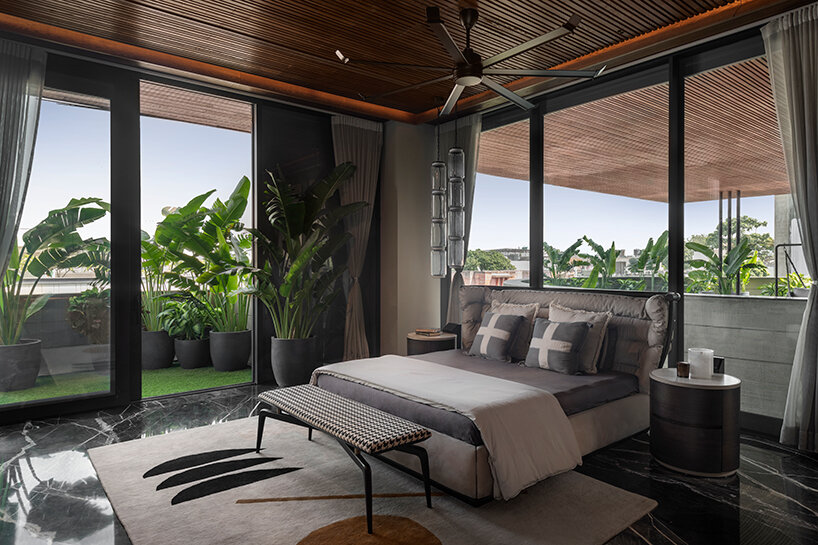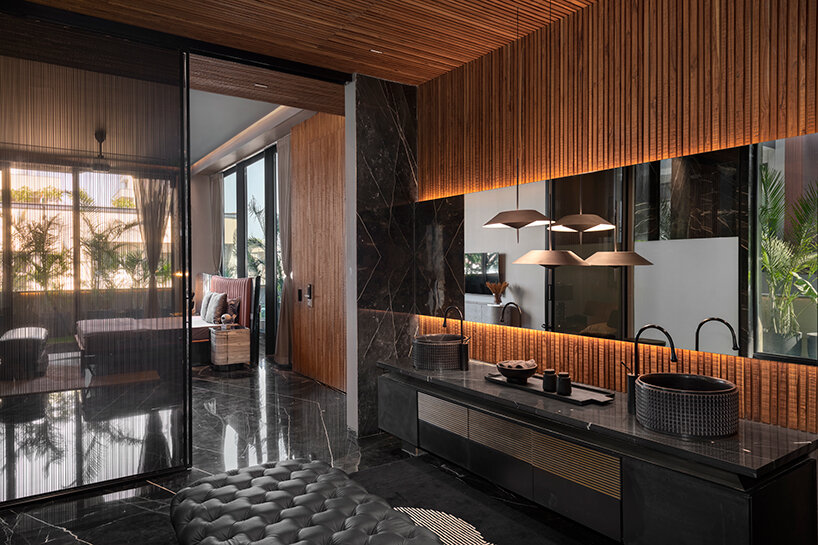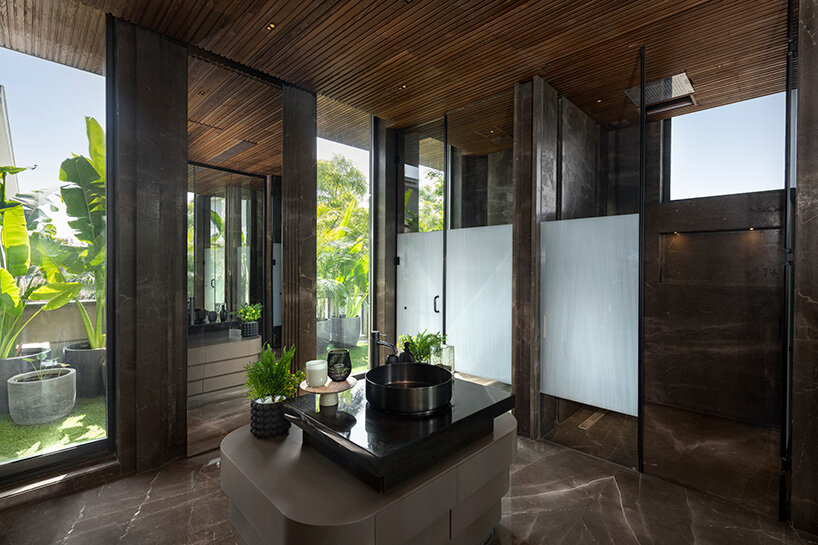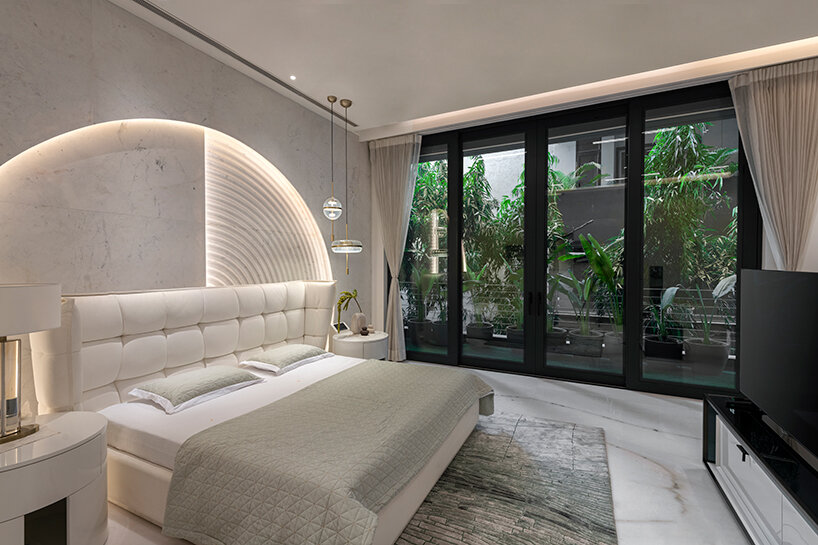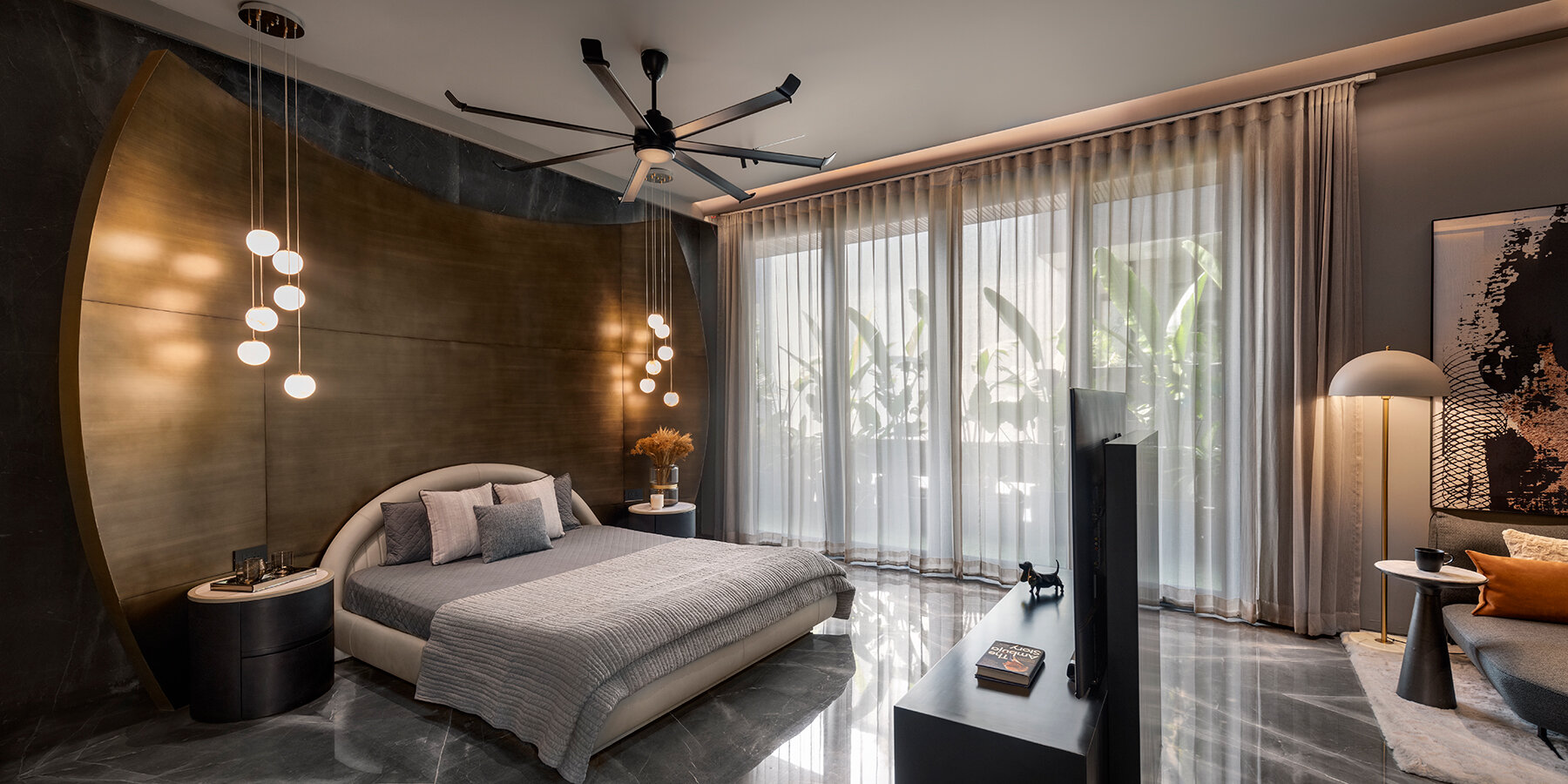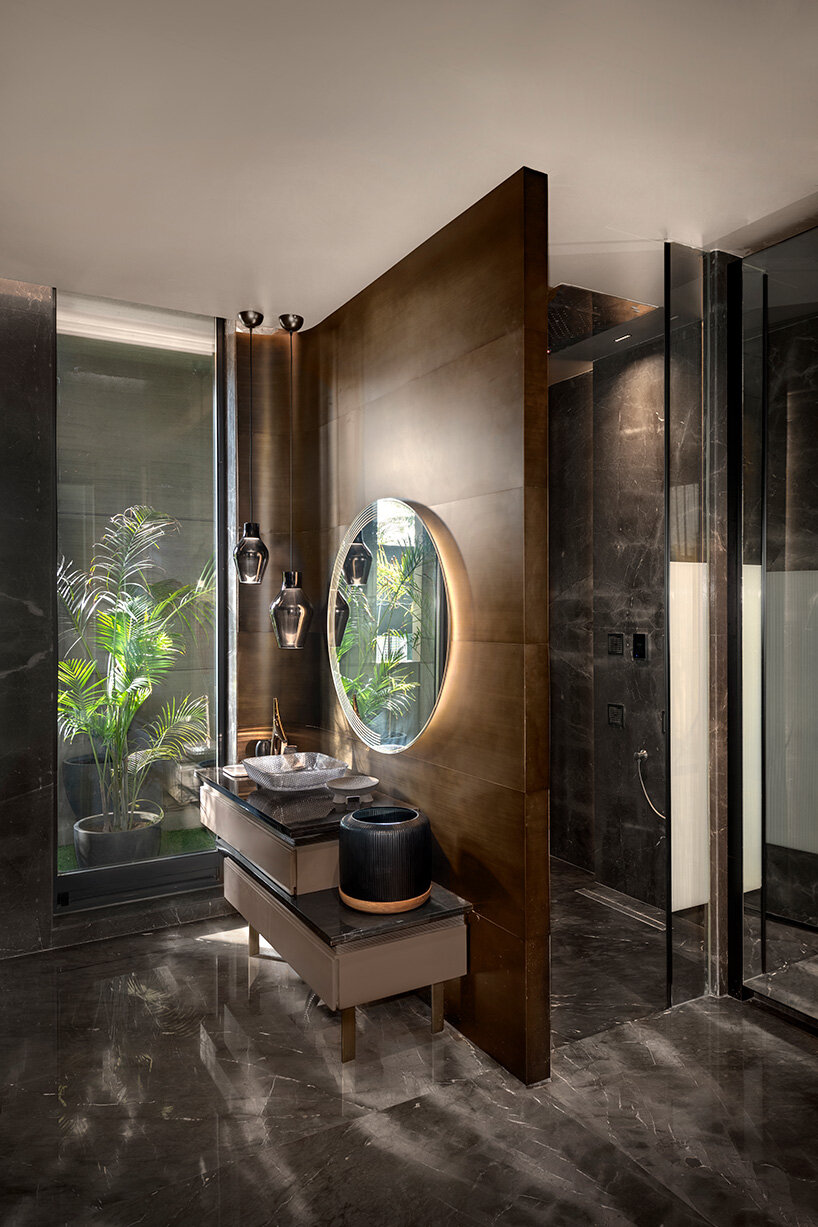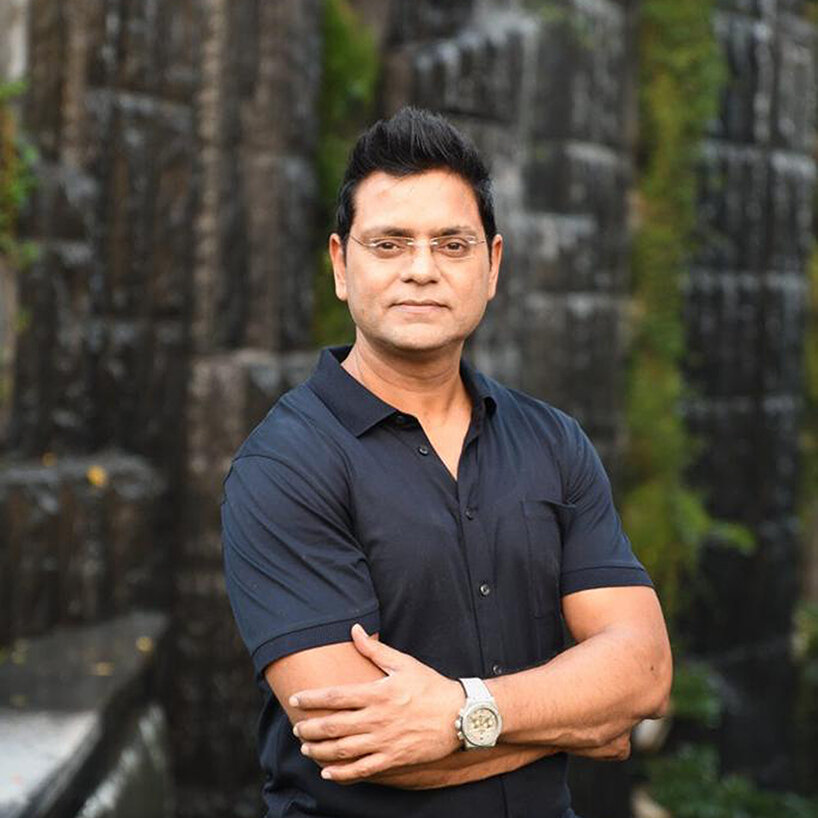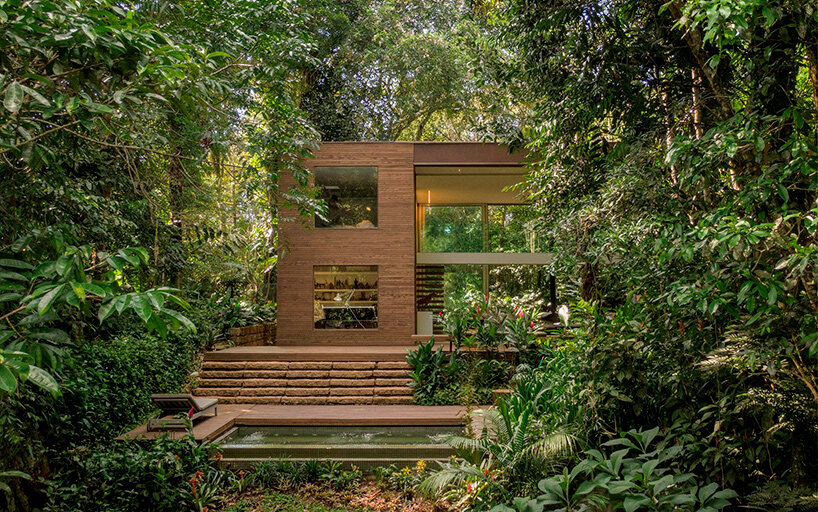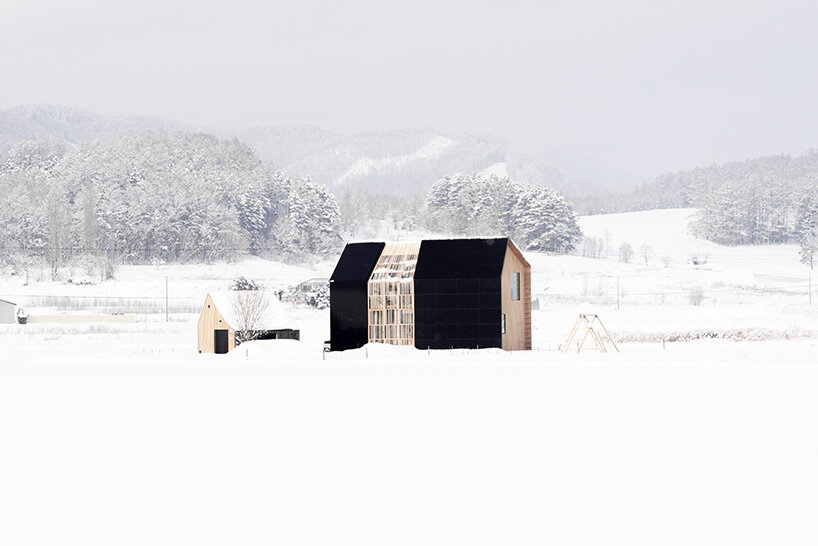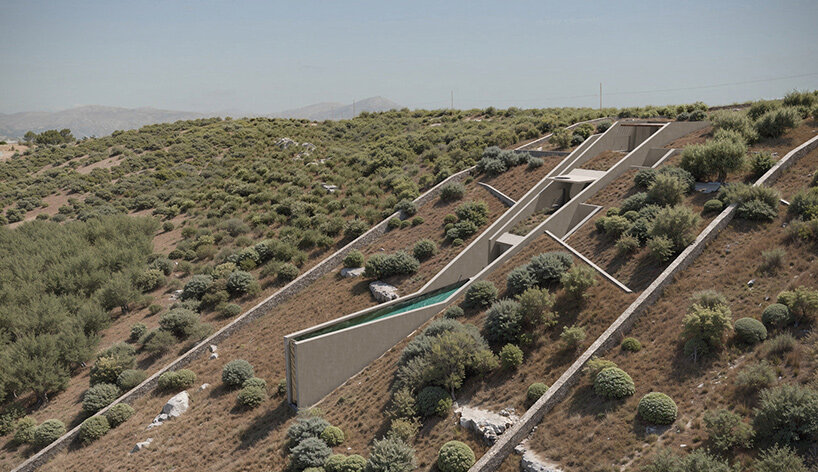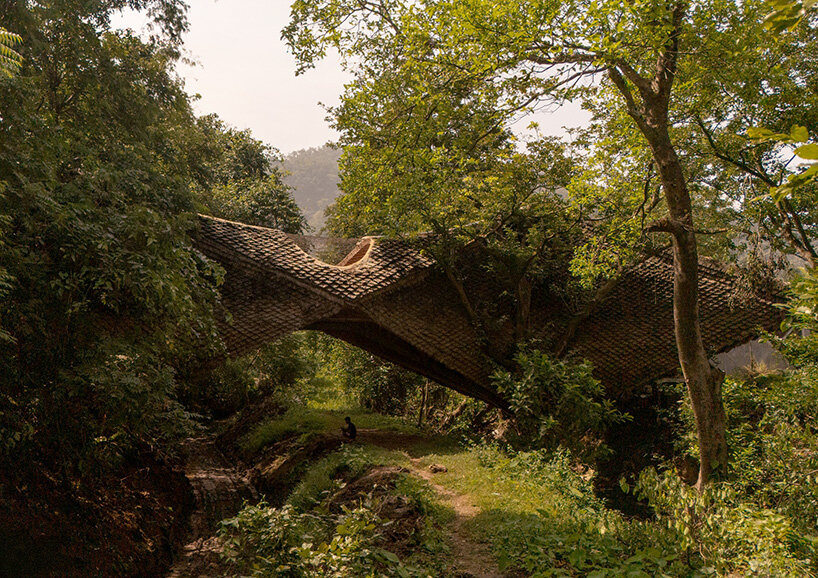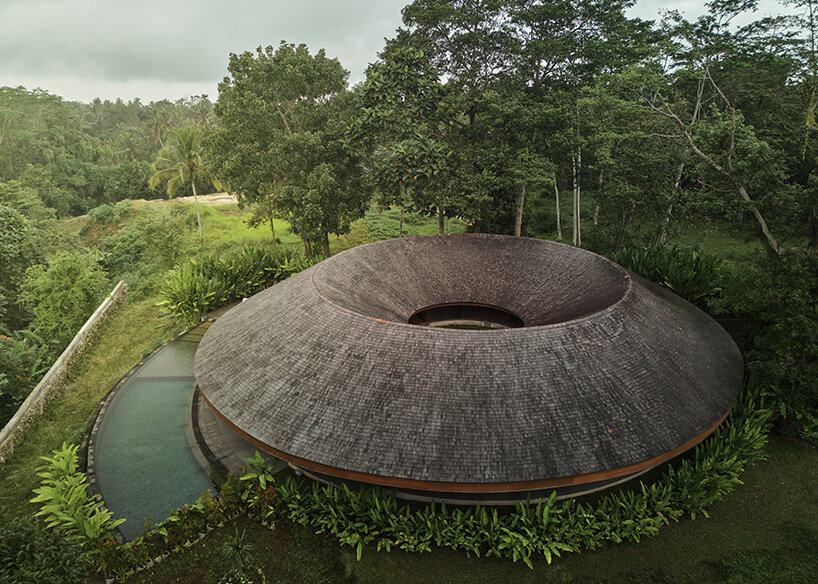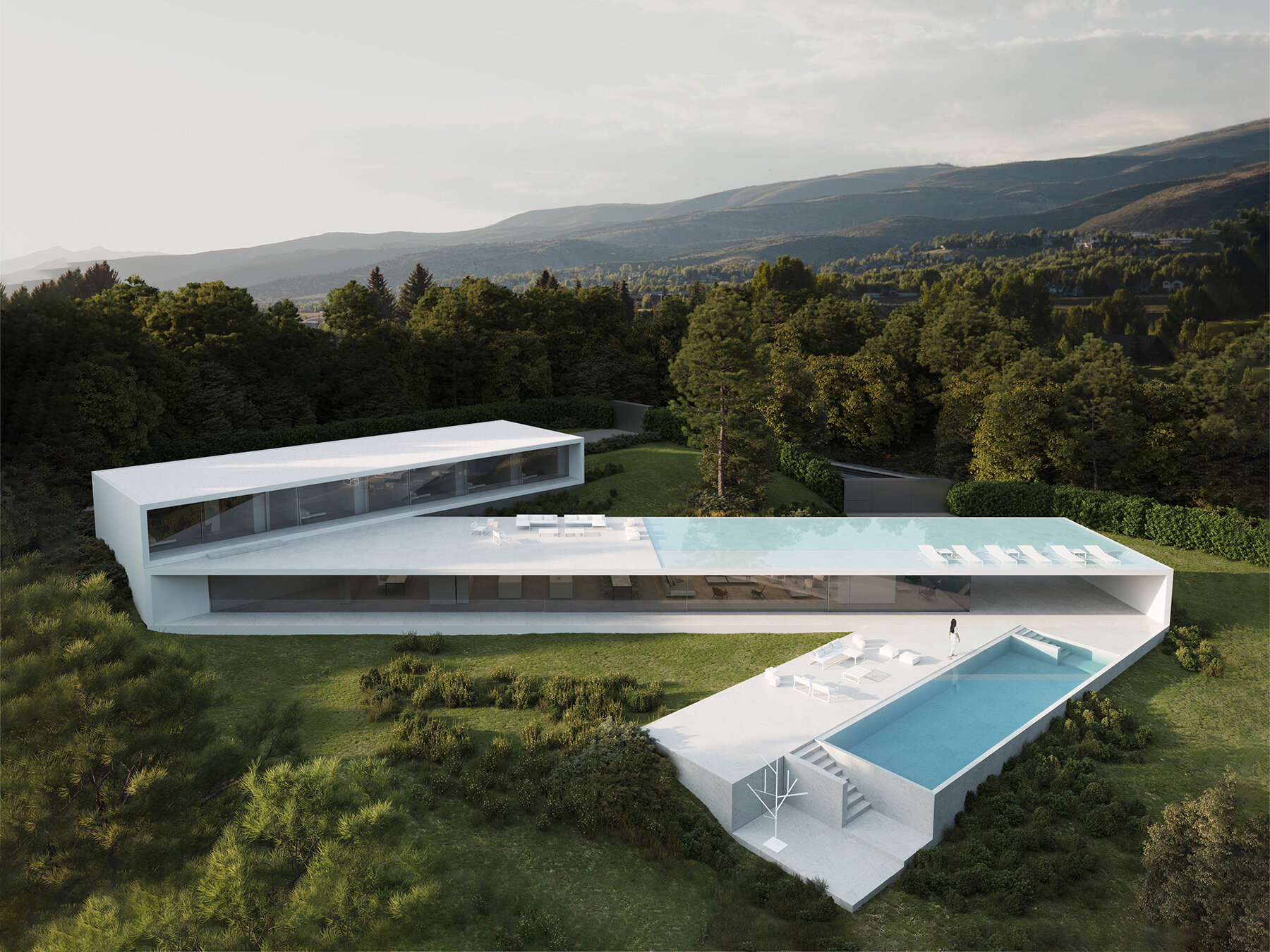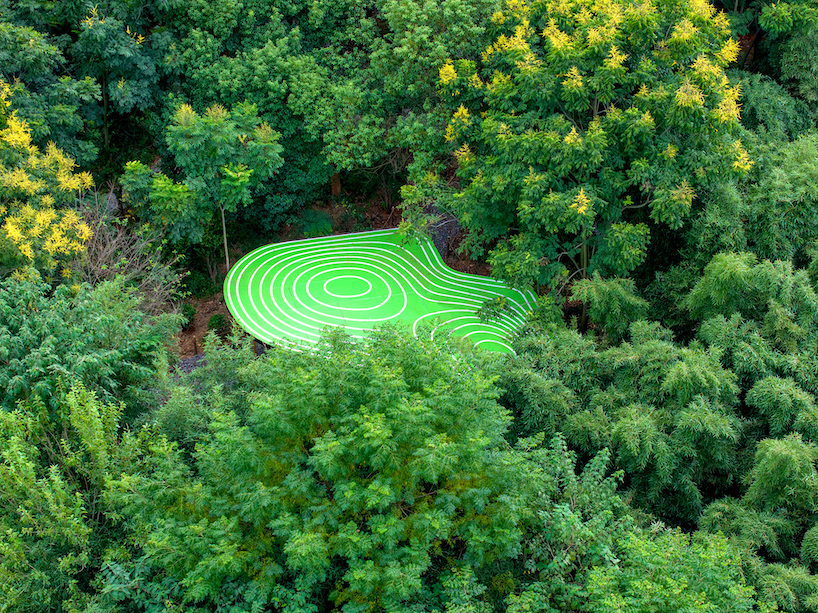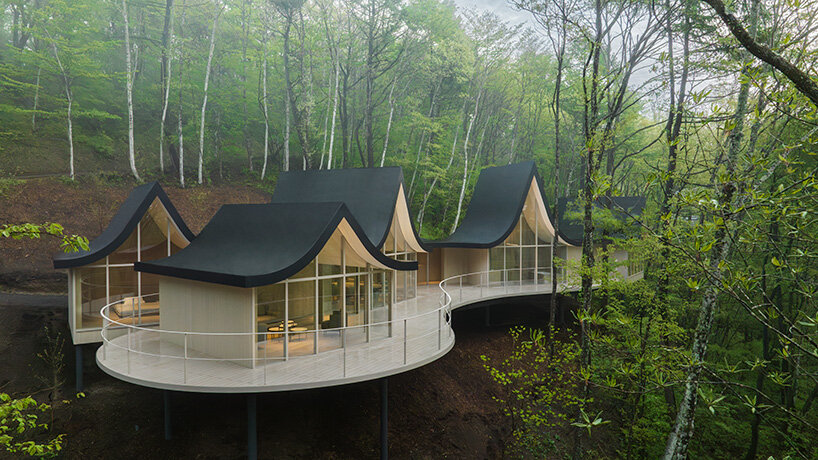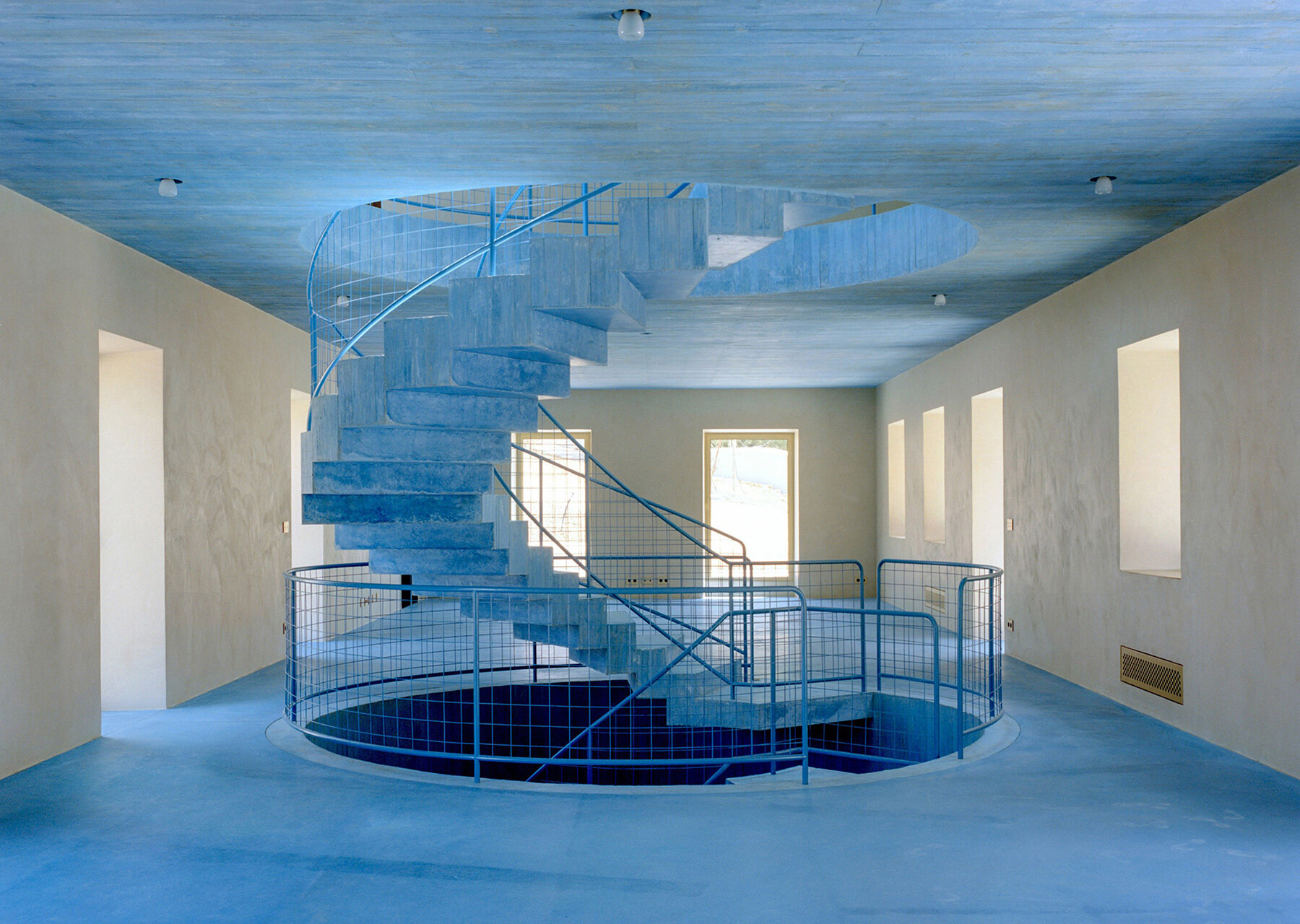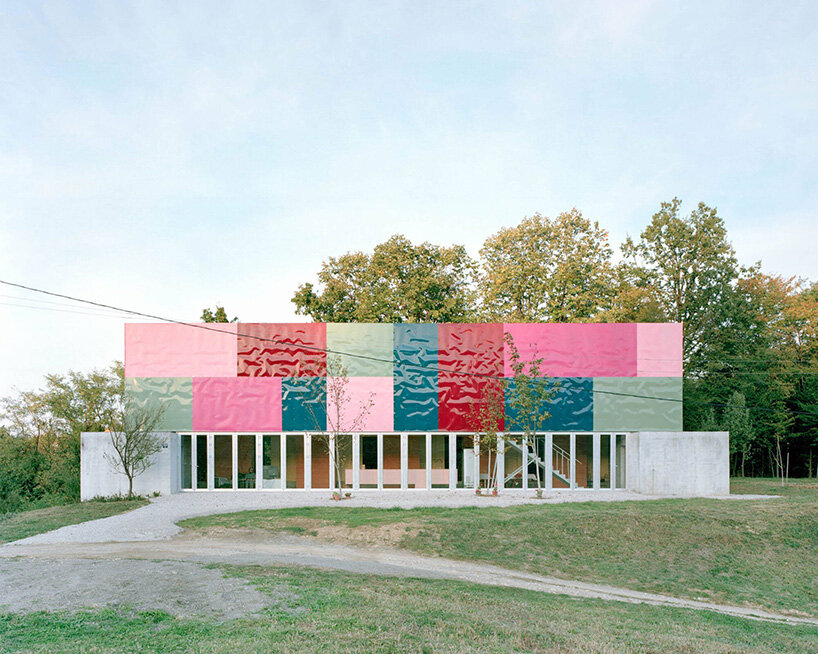red and white curtains transform czech historic center’s pathways into christmas installation
Christmas Festival of Bad Habits by Peer Collective + Kateřina Šedá
The Christmas Festival of Bad Habits is a temporary public-space installation located on Římské náměstí in the historic center of Brno, Czech Republic. Developed by architectural studio Peer Collective in collaboration with artist Kateřina Šedá, the non-profit organization Renadi, and the Brno-střed Municipal District, the project reconsiders the spatial and social format of the traditional Christmas market. Instead of retail-driven programming, the installation introduces a structured environment for reflection, movement, and collective experience.
The project occupies a long-overlooked urban site adjacent to Františkánská Street, transforming the square into a calm, barrier-free environment during the holiday season. Its conceptual framework draws from Šedá’s long-term participatory project, The National Collection of Bad Habits, which examines everyday behaviors and shared social patterns. This material informs a guided spatial sequence designed as a path of self-reflection through the square.
Peer Collective’s architectural intervention consists of a lightweight, temporary structure made from modular truss systems commonly used in stage construction. From this framework, large red and white curtains are suspended, subdividing the square into eighteen open-air ‘rooms.’ These spaces create a sequence of thresholds, passages, and partial enclosures that encourage slow movement and individual engagement. The curtains operate as soft architectural elements, forming spatial boundaries without fully enclosing the space and maintaining visual continuity with the surrounding city.

all images by Matej Hakár unless stated otherwise
An Urban Interior for Reflection and Collective Experience
The installation covers approximately 2,478 sqm and functions as an urban interior within the public realm. During evening hours, the white curtain surfaces serve as projection screens for text-based testimonies derived from The National Collection of Bad Habits. These projections, combined with subdued lighting and ambient sound, transform the square into an open-air exhibition environment that blurs the distinction between public space and personal reflection. At the center of the spatial sequence is a freestanding ‘confessional’ structure composed of six individual booths. Replacing the conventional market stall, this element serves as the focal point of the installation. Visitors are invited to enter the booths to record or reflect on personal habits, contributing to a collective audiovisual system that aggregates individual input into a shared narrative. Circulation routes guide visitors back around the curtain perimeter, completing the spatial loop and returning them to the surrounding urban fabric.
Accessibility and inclusion form a key part of the project’s spatial strategy. The ground surface of the square was leveled with fine gravel to create a barrier-free environment suitable for wheelchair users, parents with strollers, and visitors with limited mobility. The installation operates without alcohol sales, reinforcing its role as a sober and inclusive public setting during the holiday period. Local residents also participated in preparing the site through a community event prior to the festival. Through temporary architecture, minimal material intervention, and participatory content, the Christmas Festival of Bad Habits demonstrates how seasonal urban installations can shift emphasis from consumption to spatial experience, reflection, and shared presence. The project positions architecture as a framework for social interaction, using adaptable construction systems and soft boundaries to reshape public space in the city center. Designed by architectural studio Peer Collective in collaboration with artist Kateřina Šedá, the installation is on view from December 9th to December 31st, 2025.
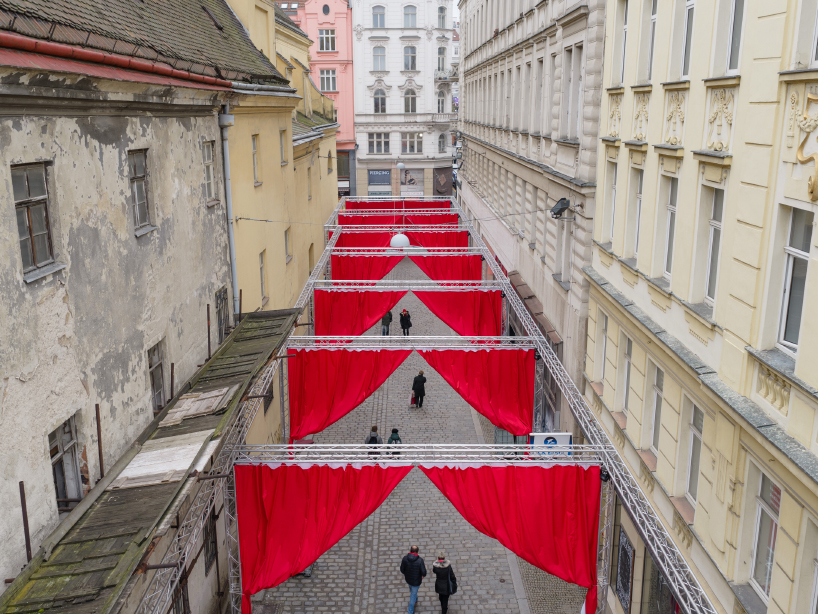
the temporary installation reinterprets the traditional Christmas market as a space for reflection
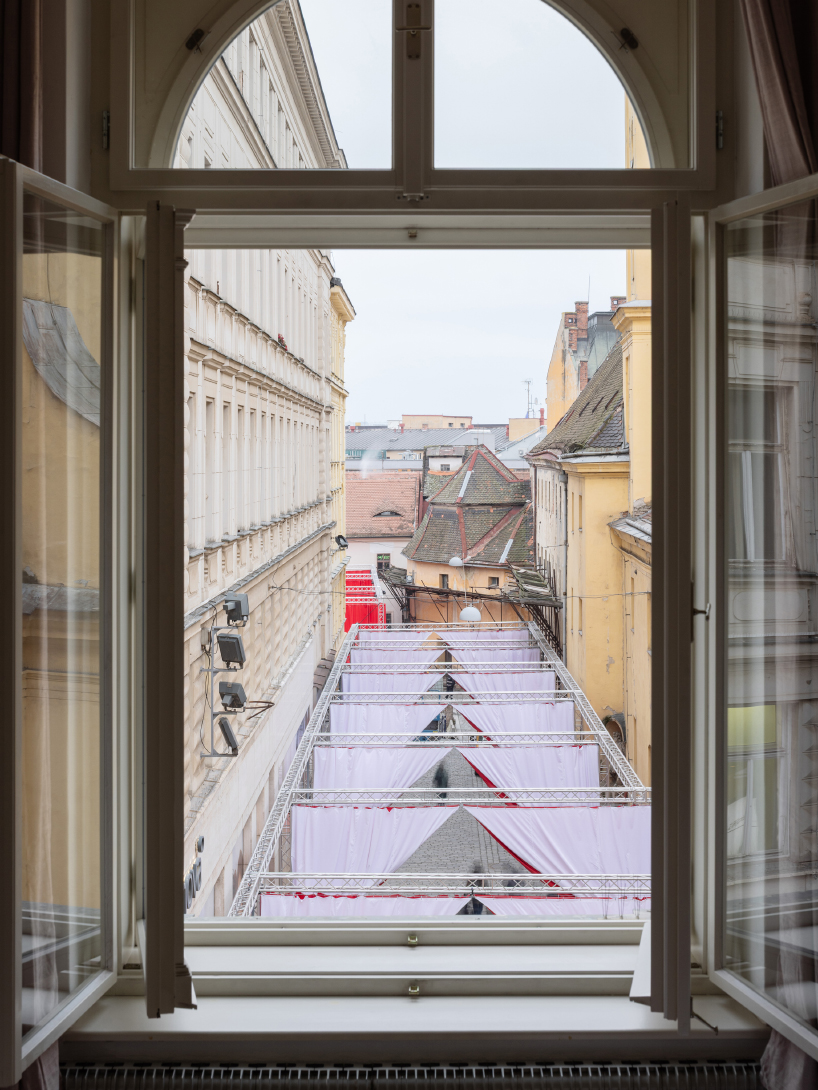
a long-overlooked urban square is reactivated as a calm public environment
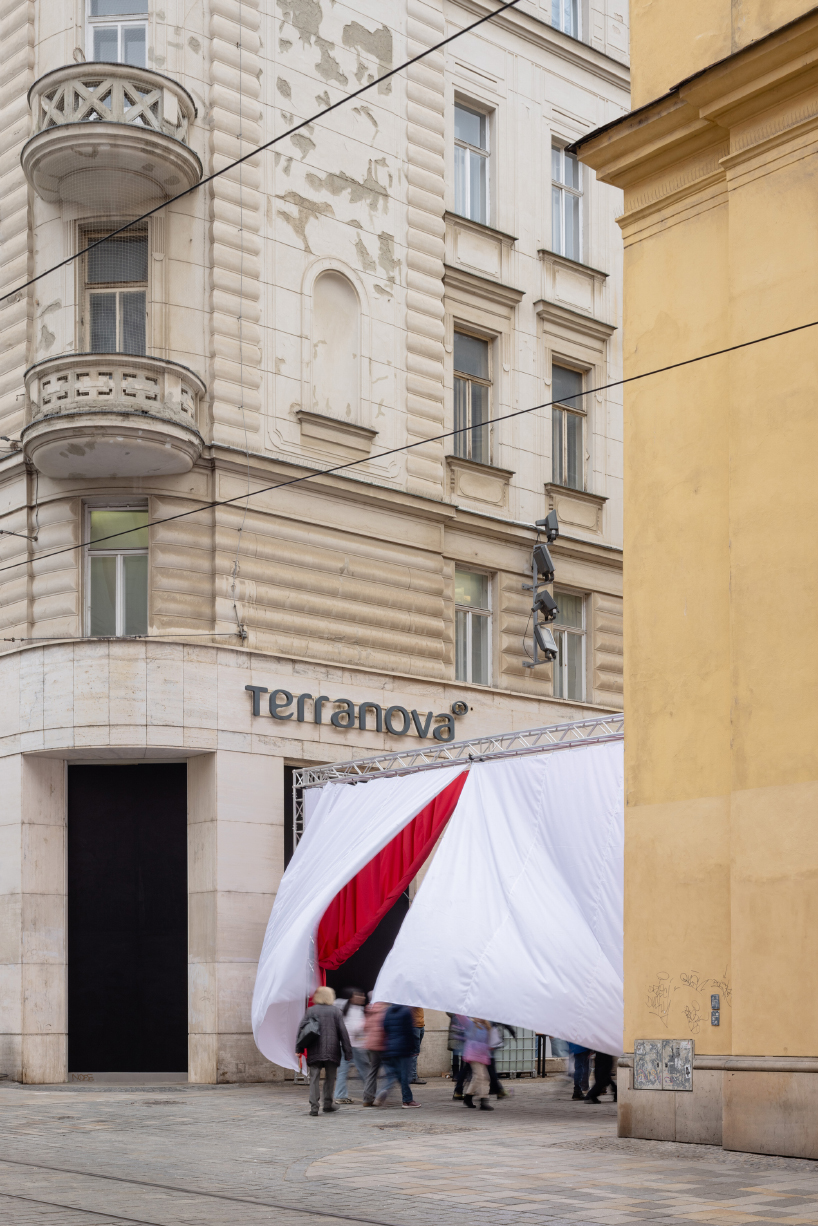
the installation functions as an urban interior within the public realm
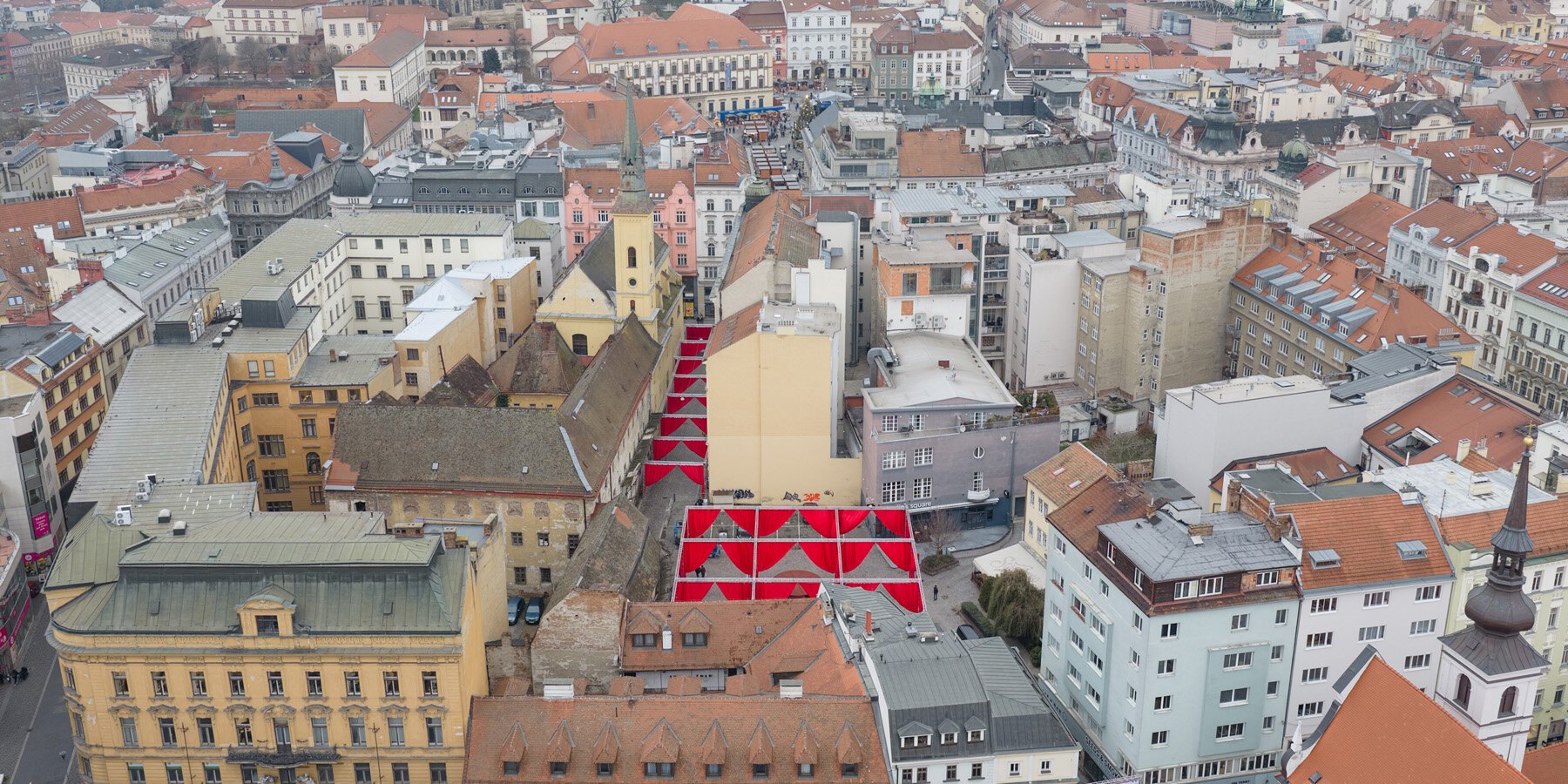
the Christmas Festival of Bad Habits occupies Římské náměstí in Brno’s historic center
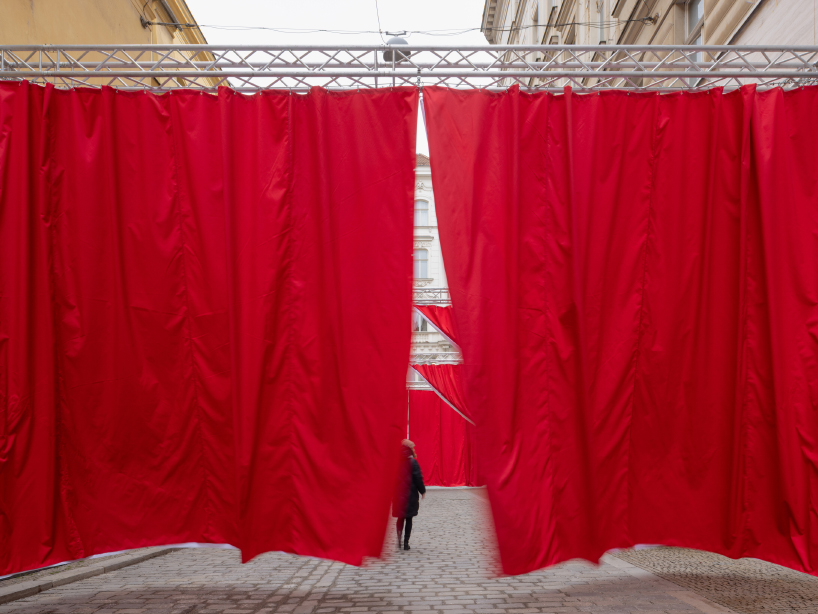
red and white curtains subdivide the square into eighteen open-air rooms
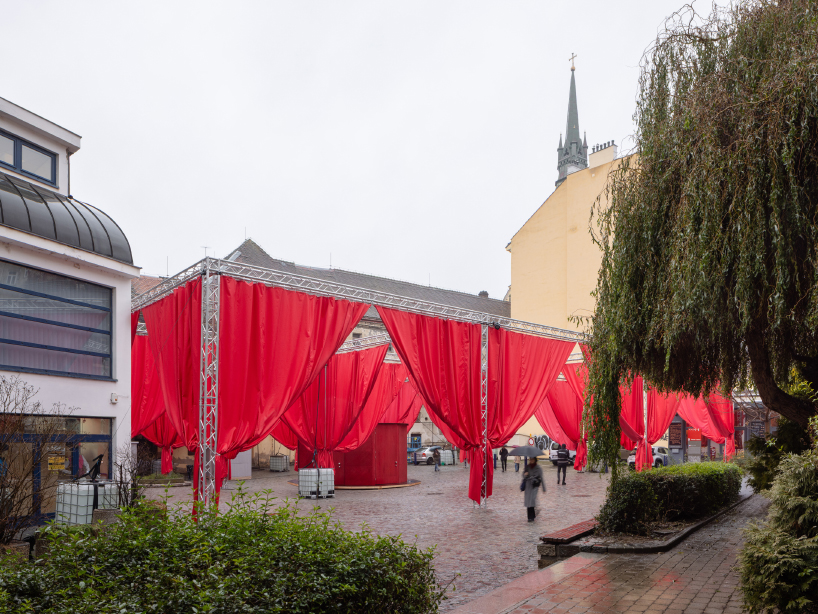
modular truss systems form the lightweight structural framework
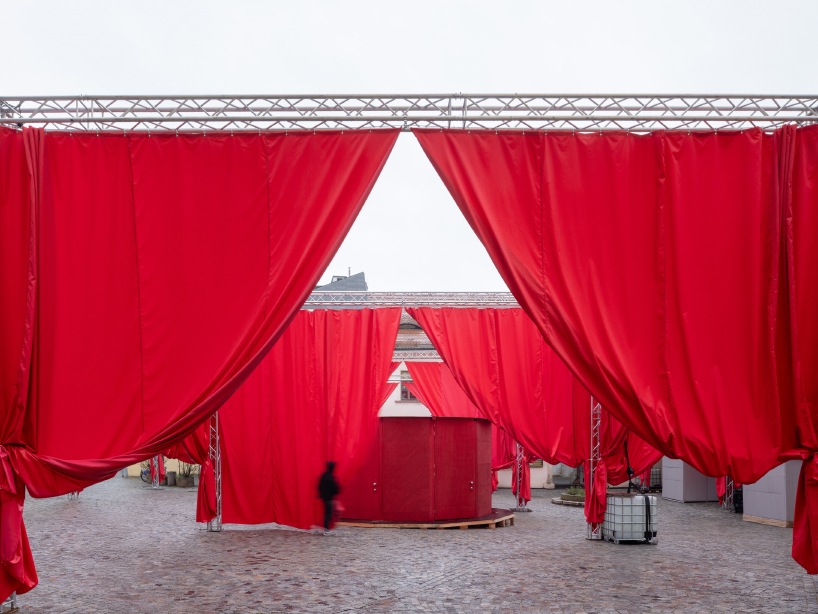
the installation replaces retail stalls with a guided spatial sequence
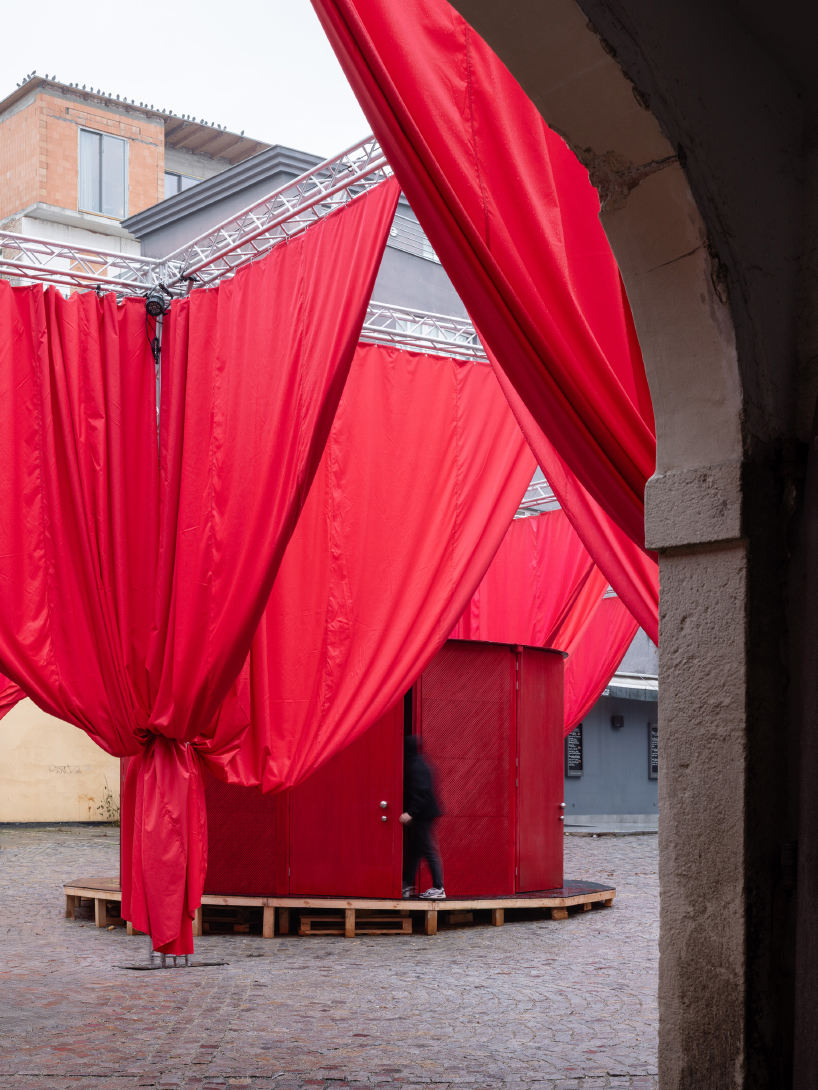
a central confessional structure anchors the spatial sequence
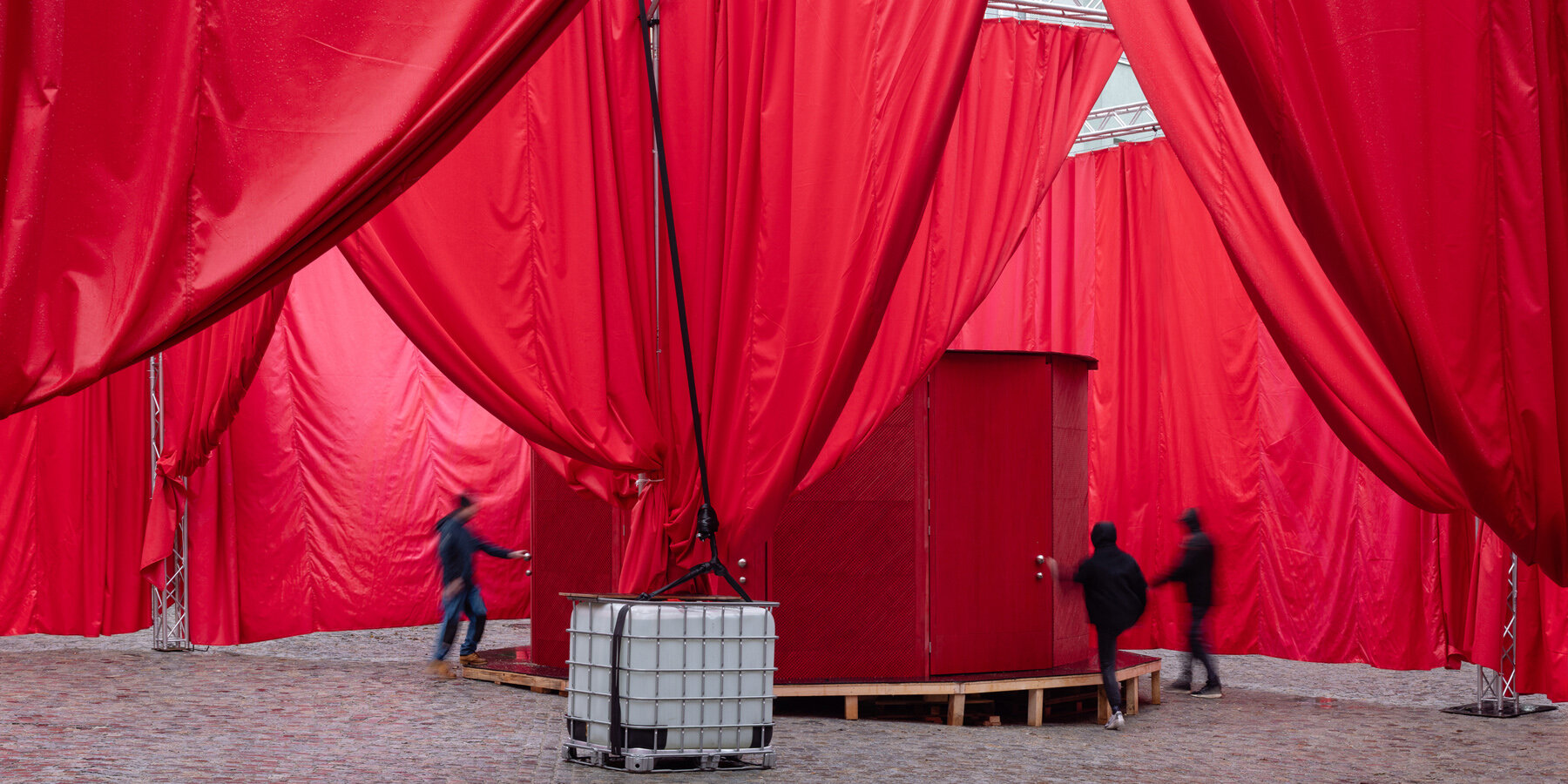
the project was developed by Peer Collective with artist Kateřina Šedá and local partners
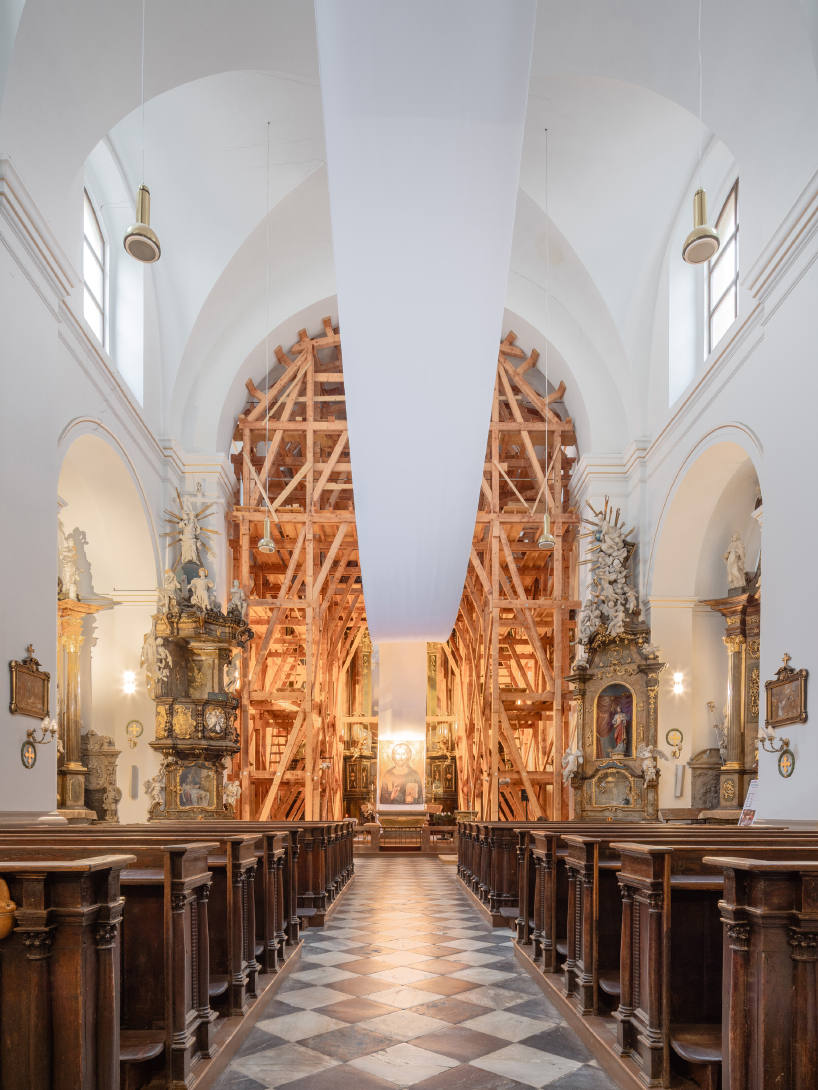
temporary architecture frames social interaction without permanent intervention

circulation routes expand beyond the central installation before returning to the city
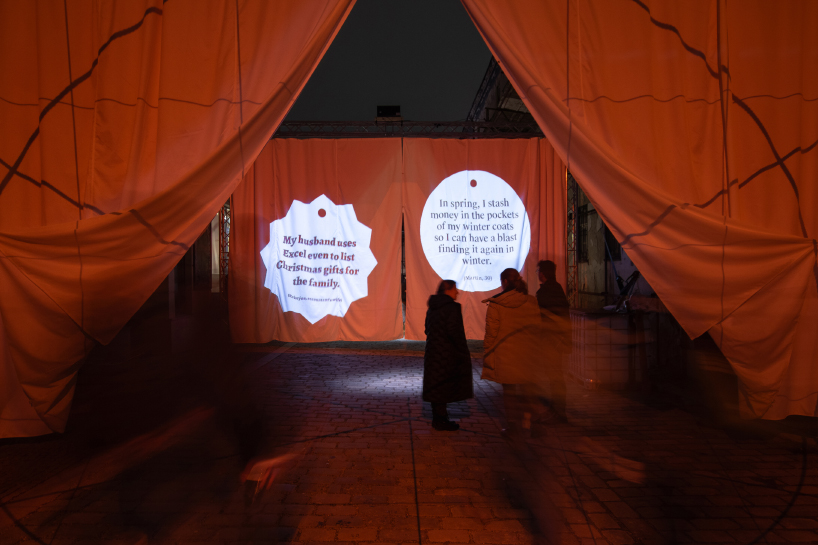
white curtain surfaces become projection screens after dark | image by Jan Urbášek
project info:
name: Christmas Festival of Bad Habits
architect: Peer Collective | @peer.archi
art concept: Kateřina Šedá | @katerinaseda.cz
location: Římské náměstí, Františkánská ulice, Brno, Czech Republic
dates: December 9th–December 31st, 2025
built-up area: 1784 sqm
client: Brno-střed Municipal District
lead designers: Daniel Struhařík, Georgi Dimitrov, Ondřej Válek [Peer Collective] + Kateřina Šedá
design team: Vojtěch Heralecký, Jakub Čevela, Jan Urbášek, Radim Koutný, Monika Matějkovičová, Aneta Báčová
idea initiator: Renadi | @renadibrno
graphic design: Kristína Drinková
editors: Lucie Faulerová, Petra Konečná
interactive concept: Zkrat kolektiv | @zkrat.kolektiv
production: Martin Ondruš, David Ondra, Lenka Holenda Jirků, Michal Ondráček, Petr Štika, Martina Pokorná, Radim Preuss
structure contractor: Kletch CZ
curtain supplier: Kubíček Factory
contractor of the confessional: Georgi Dimitrov
projector supplier: Jaroslav Zelina
photographer: Matej Hakár | @matejhakar
night photos: Jan Urbášek [Peer Collective]
designboom has received this project from our DIY submissions feature, where we welcome our readers to submit their own work for publication. see more project submissions from our readers here.
edited by: christina vergopoulou | designboom
The post red and white curtains transform czech historic center’s pathways into christmas installation appeared first on designboom | architecture & design magazine.
